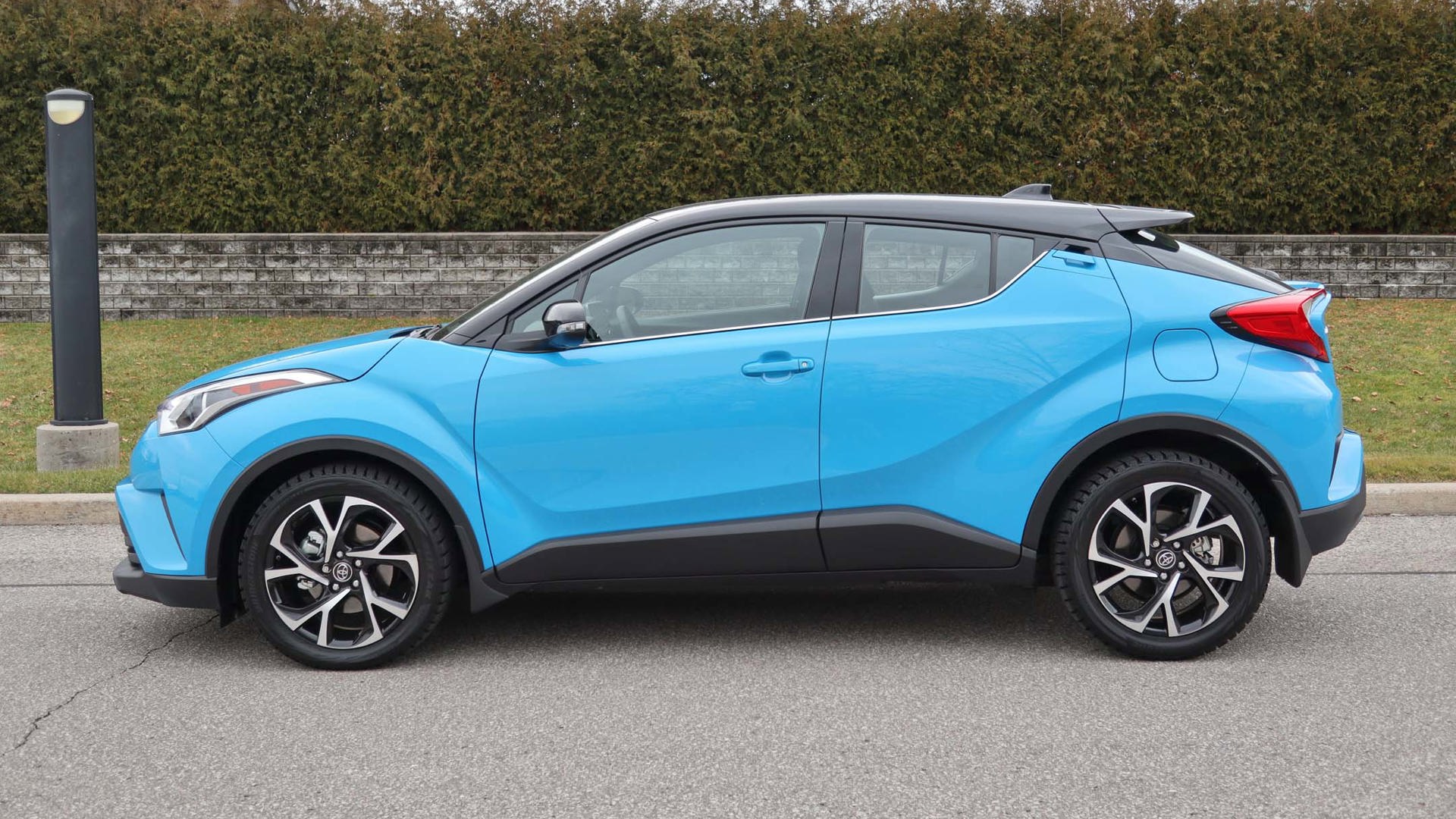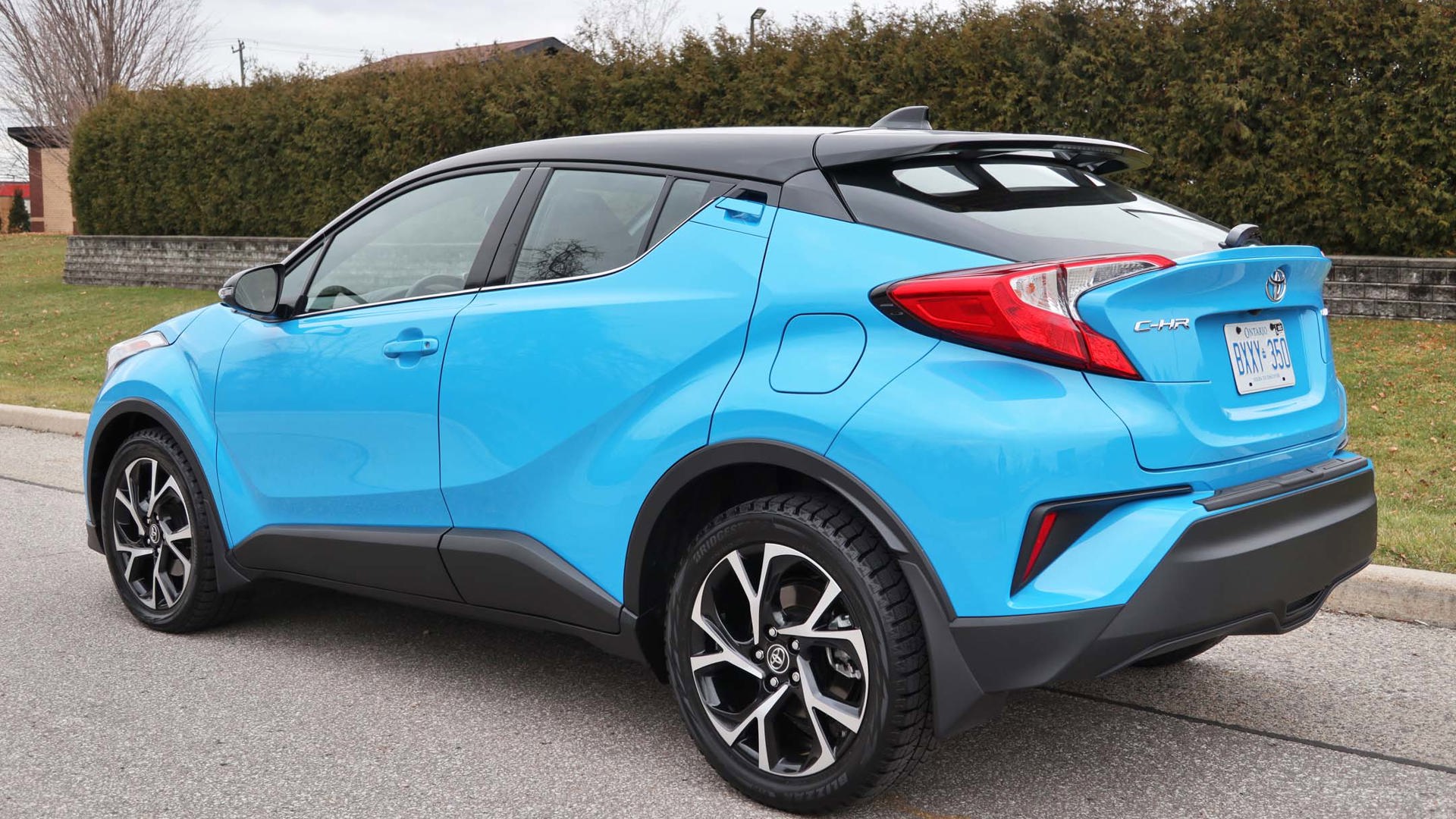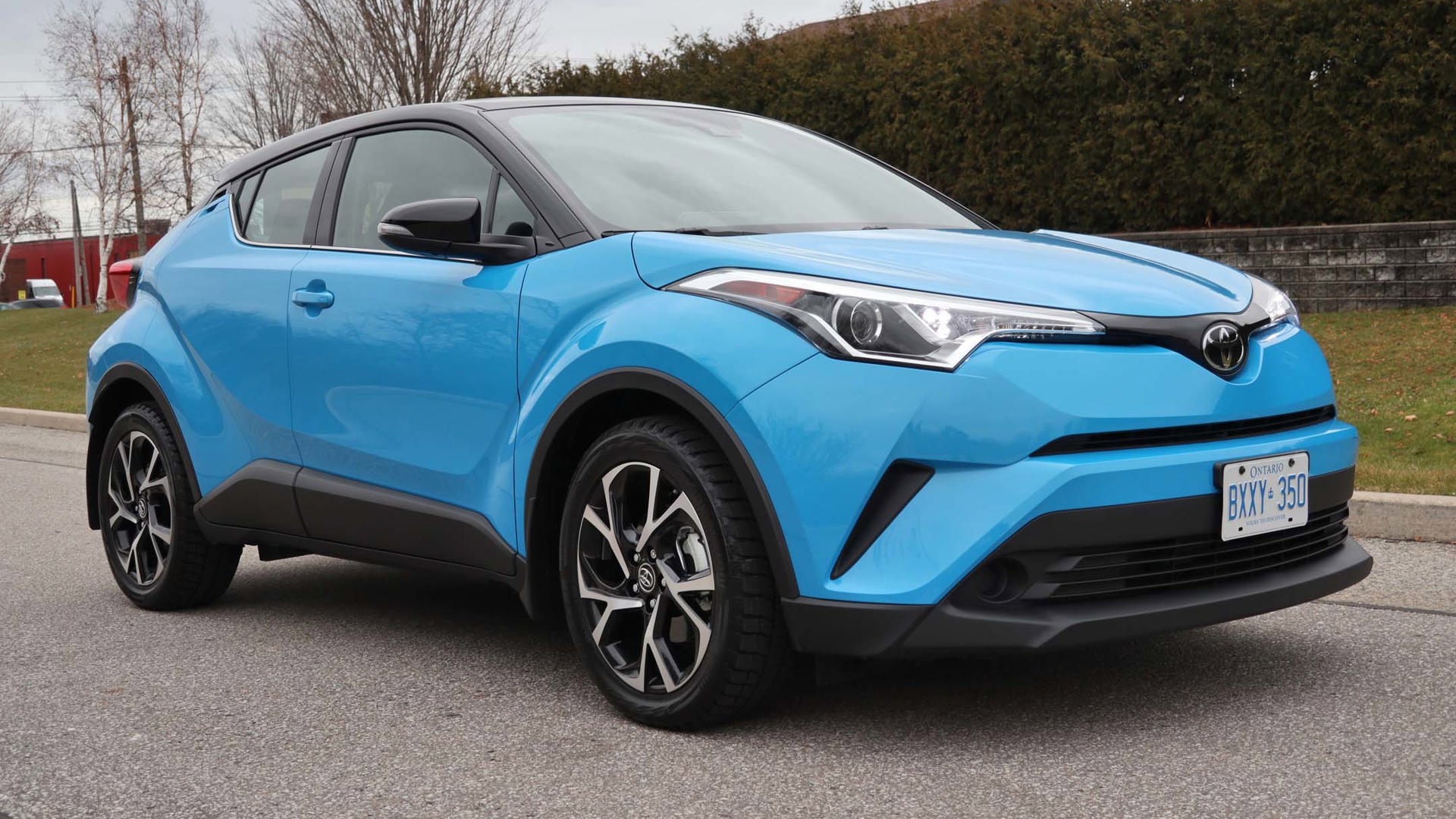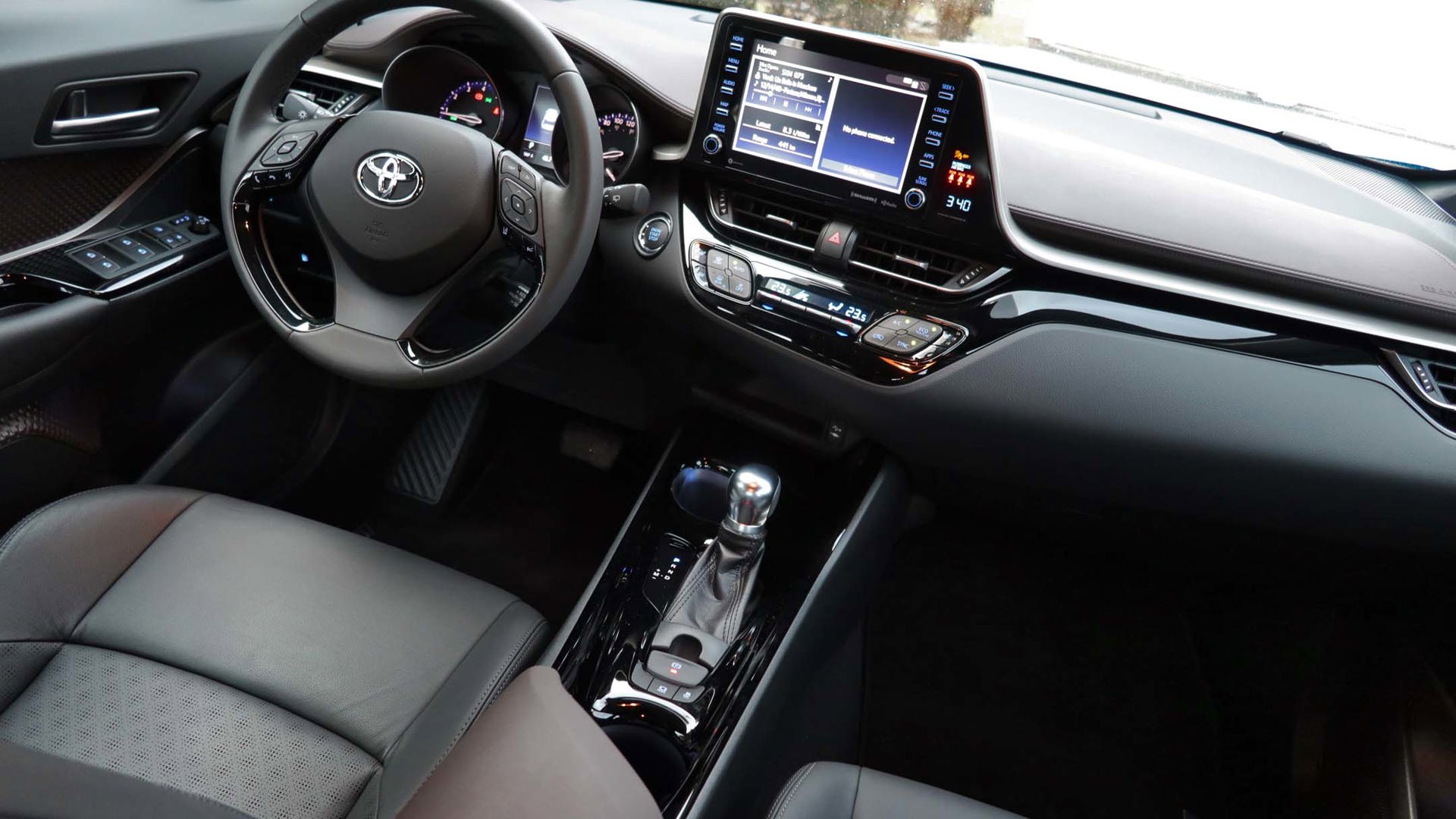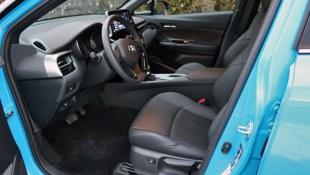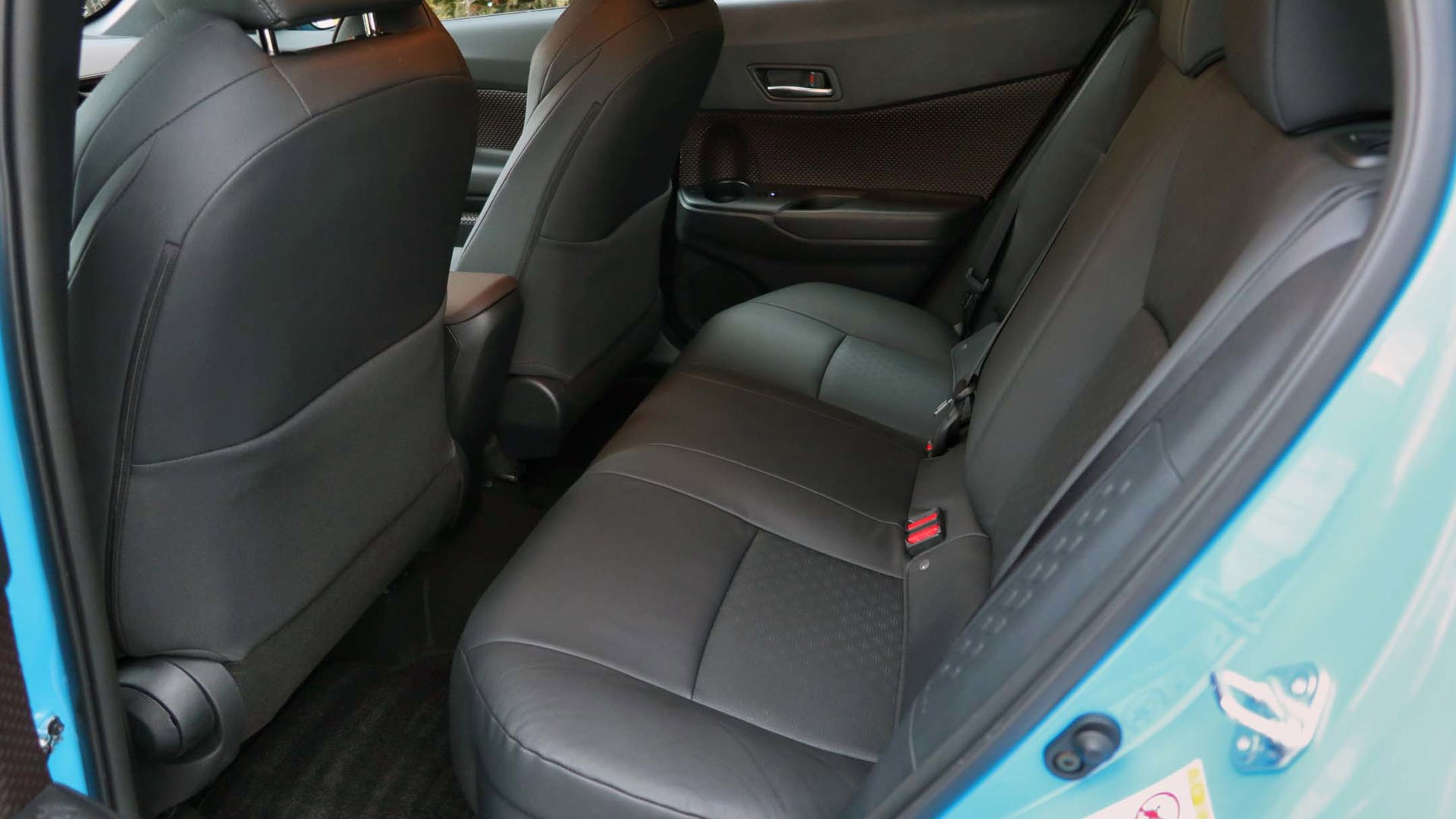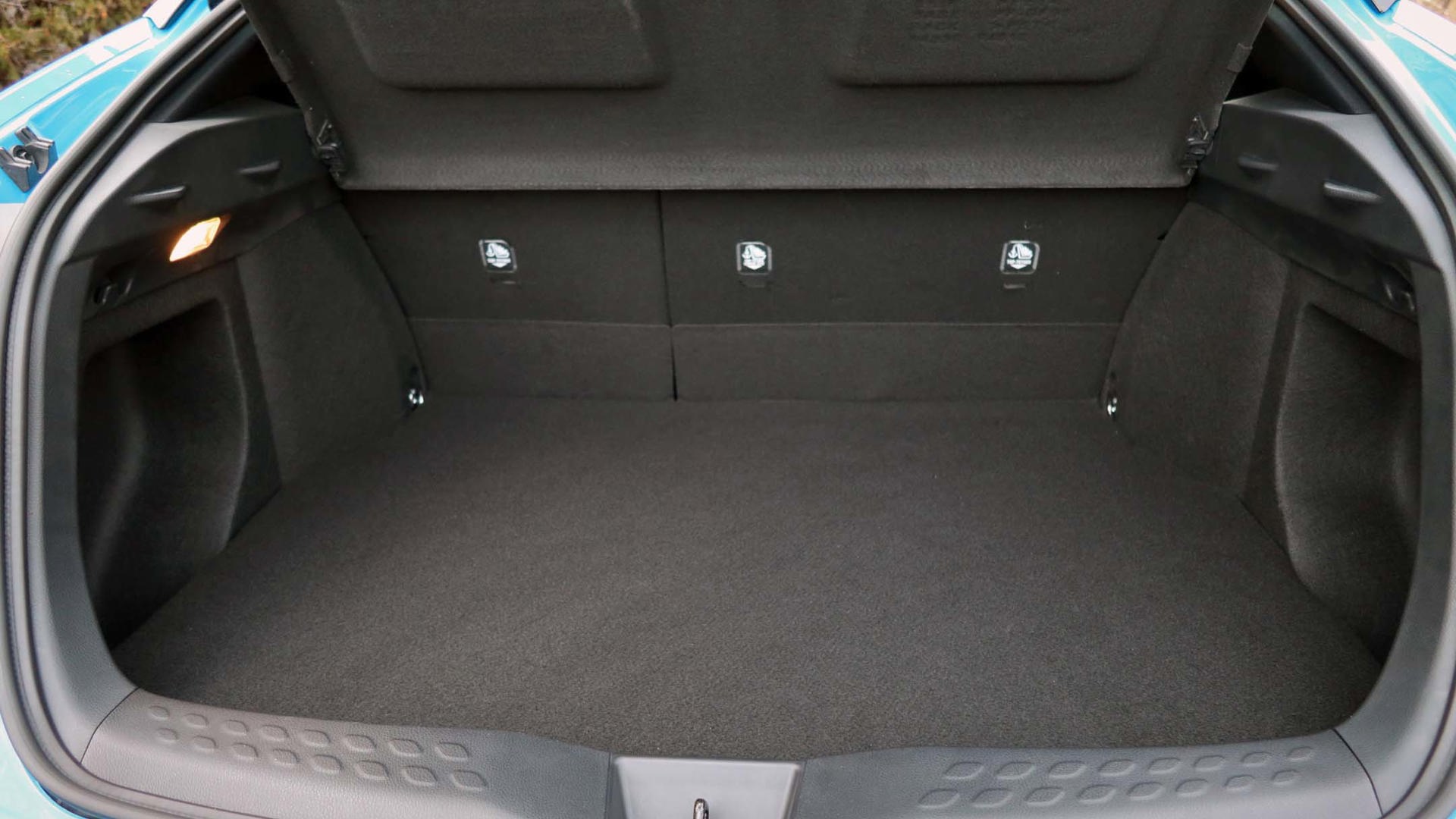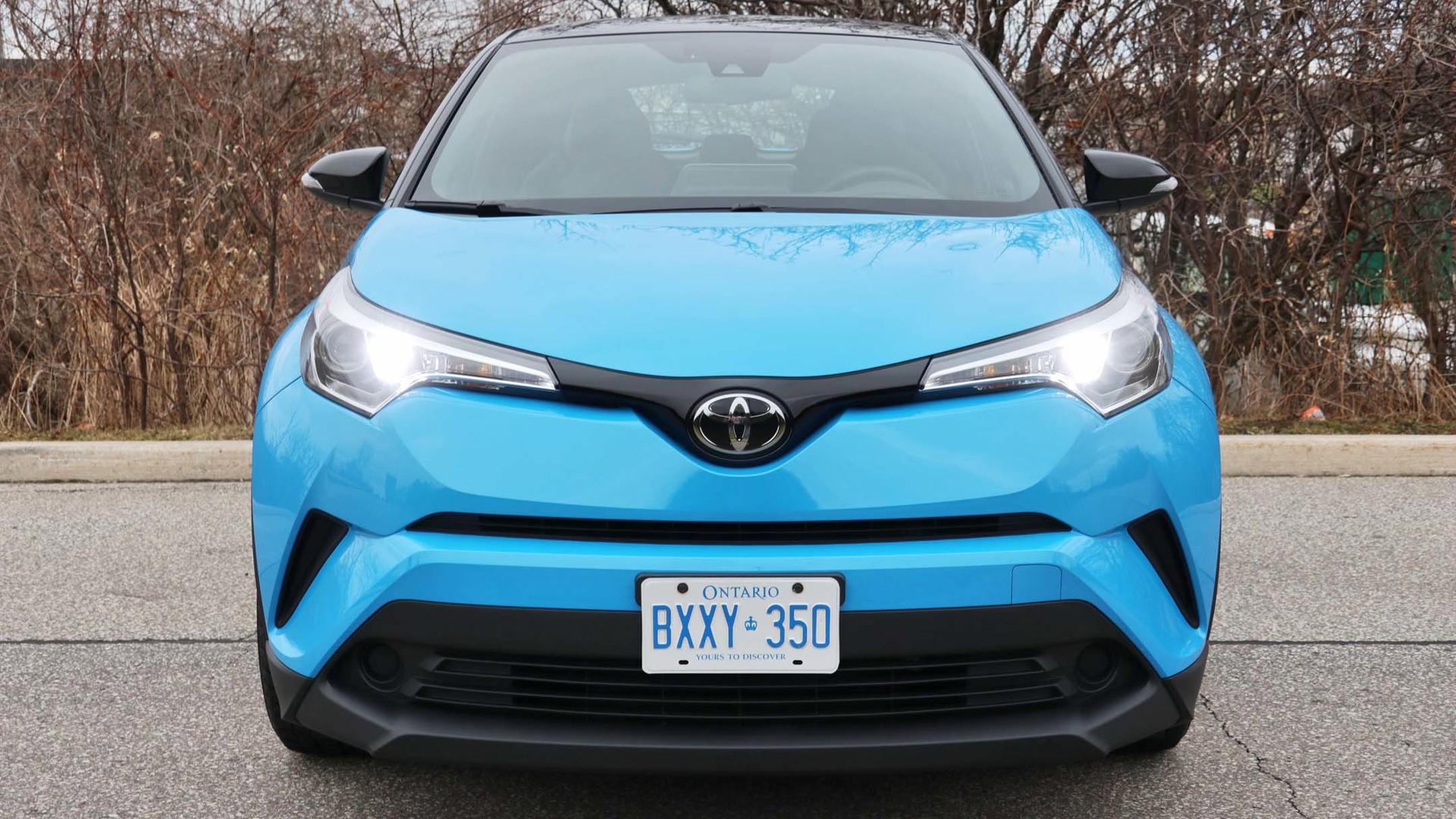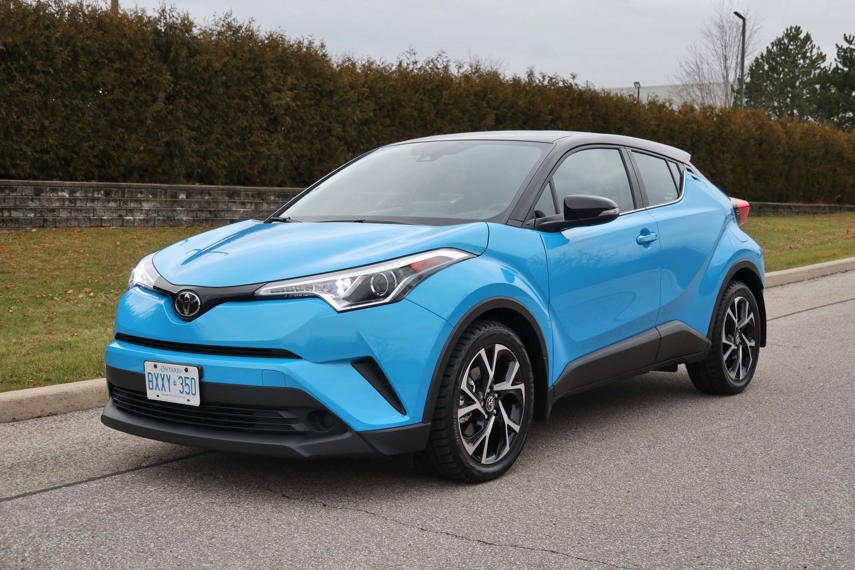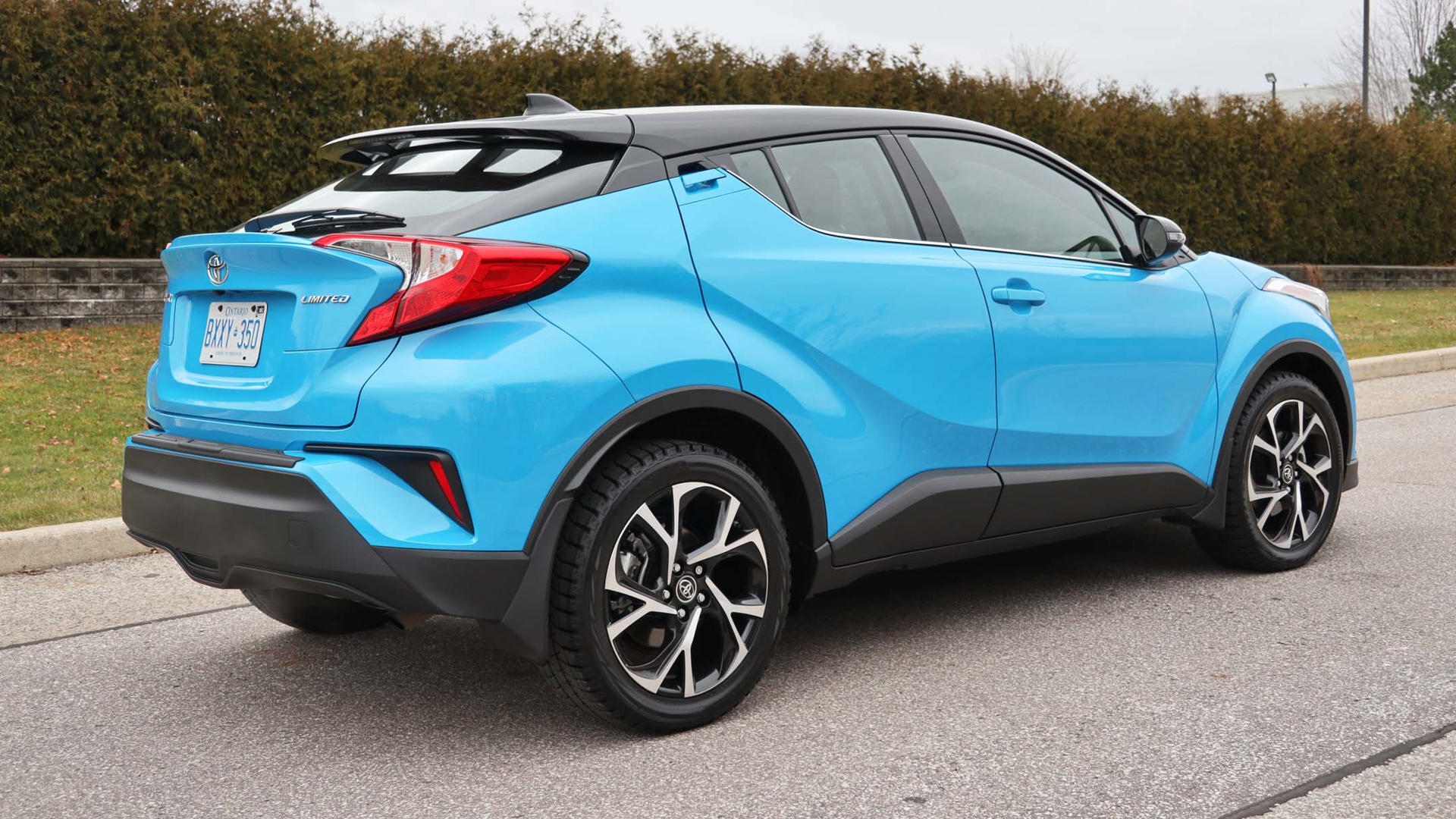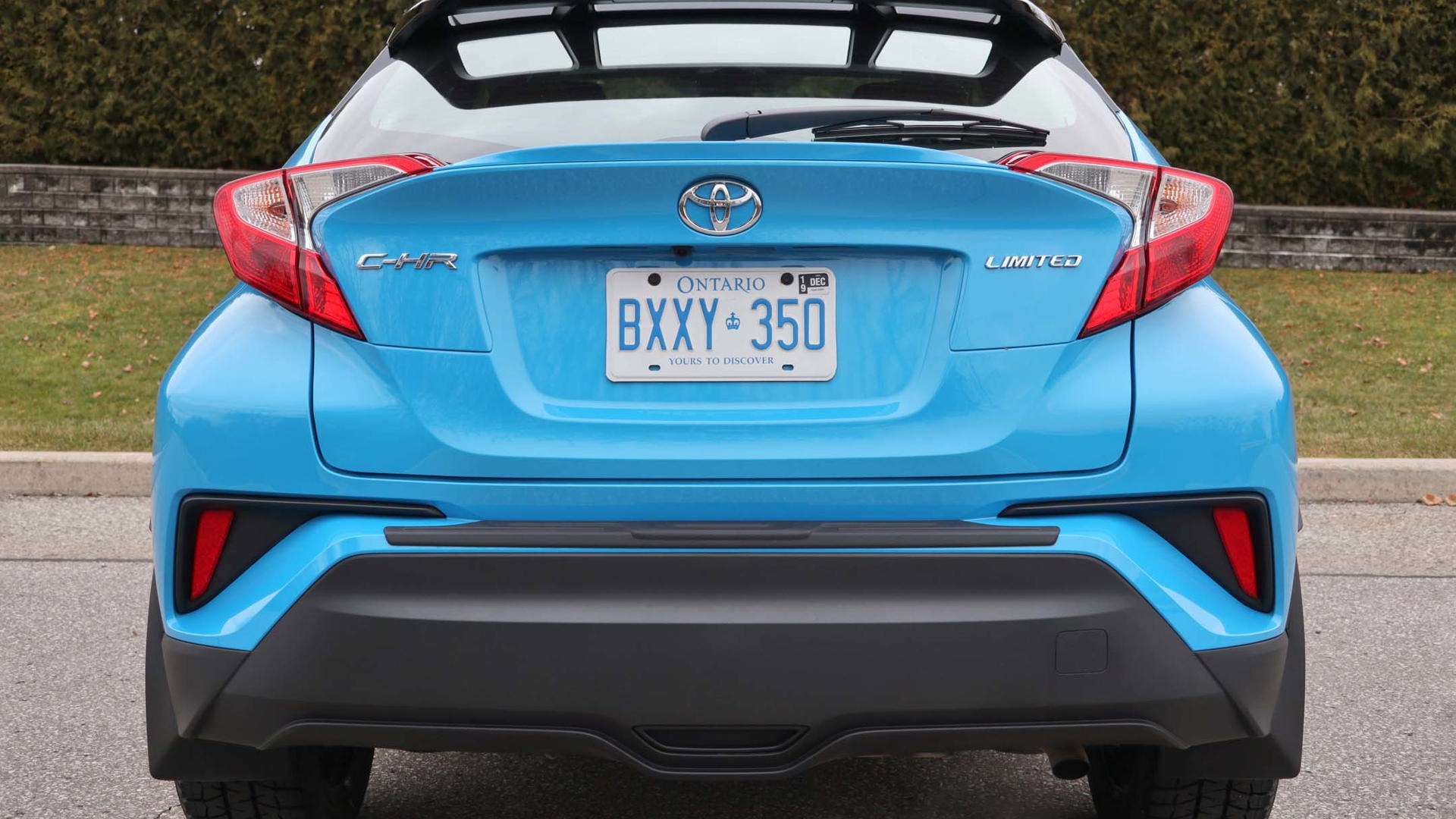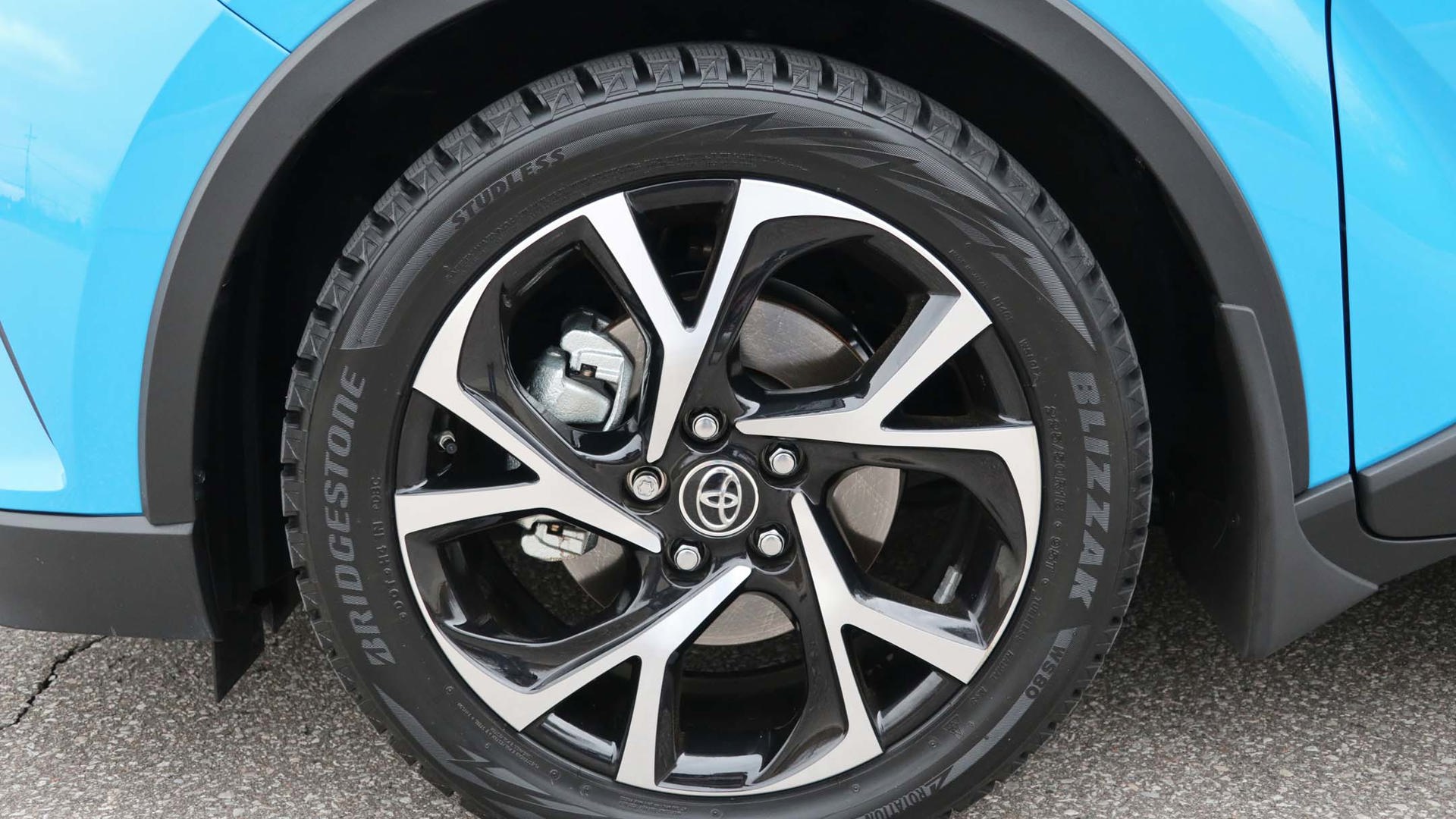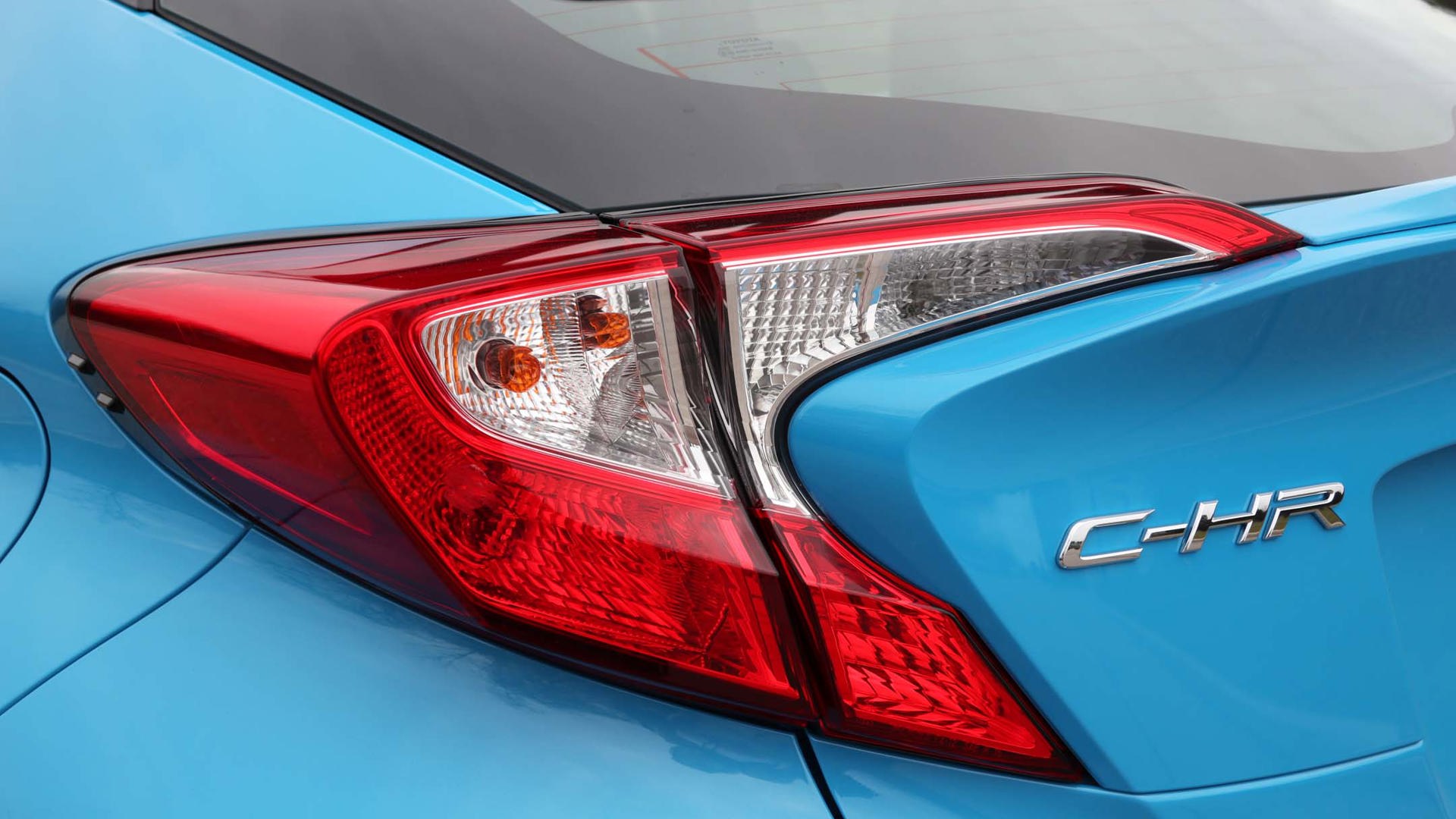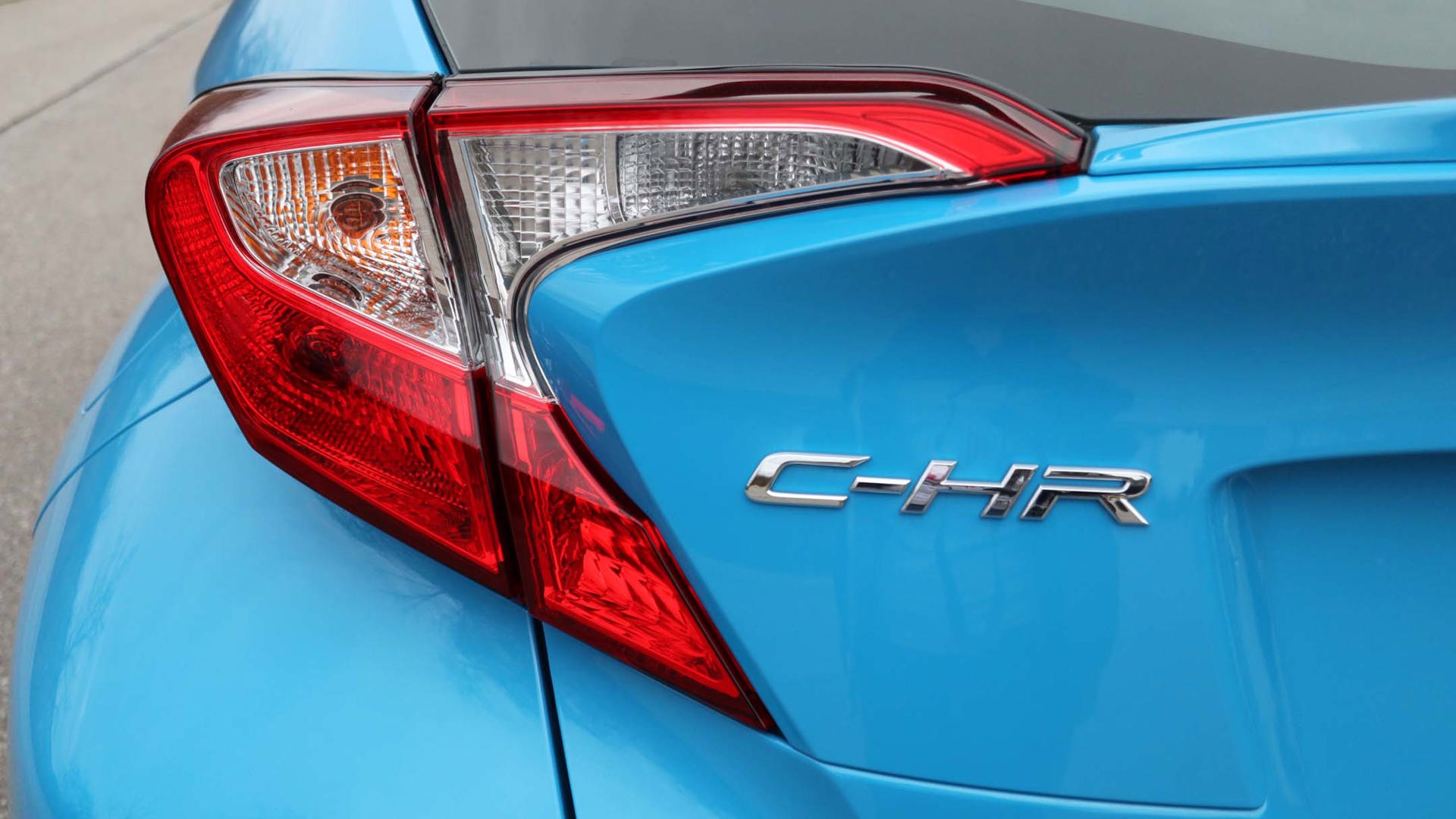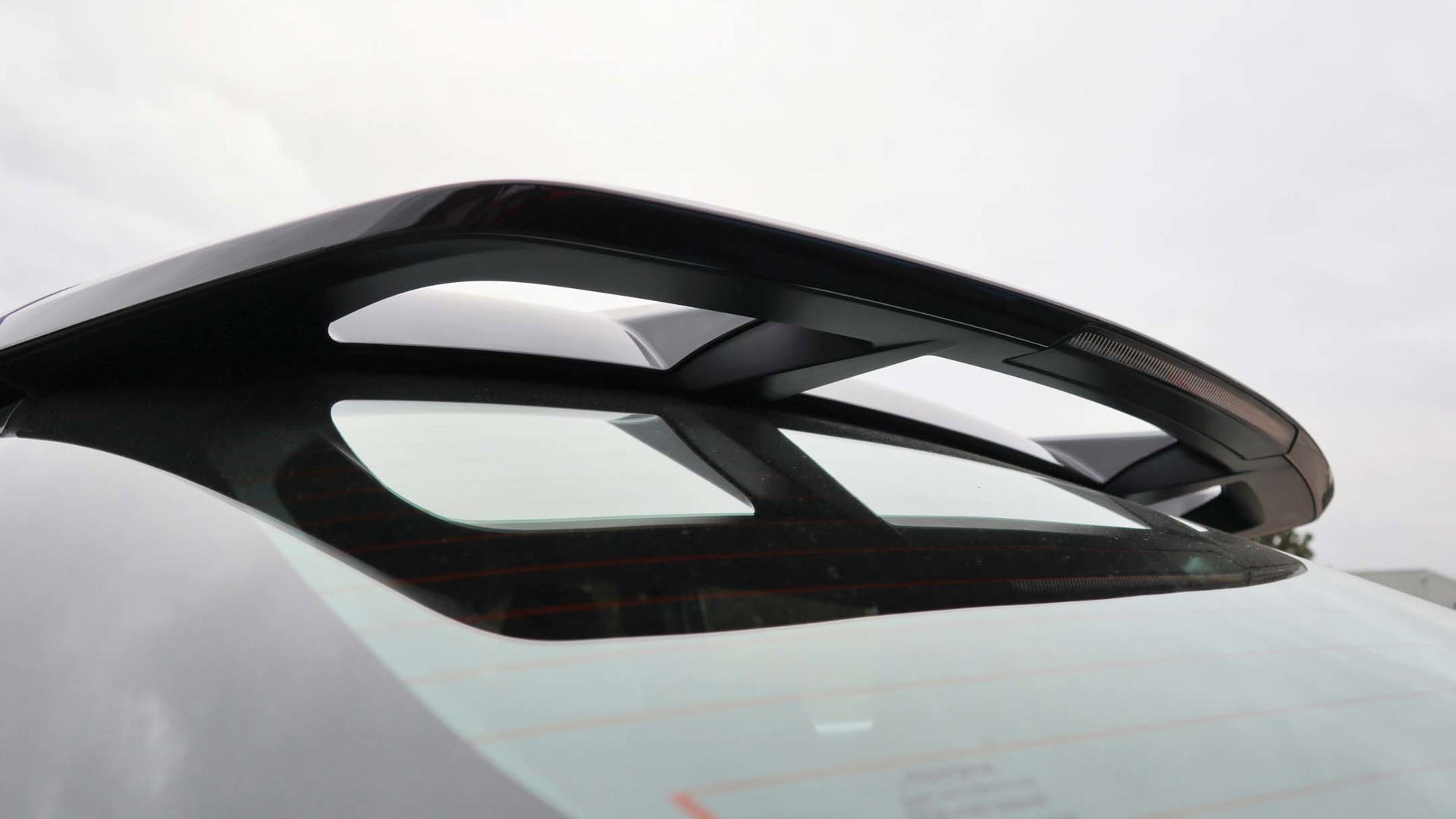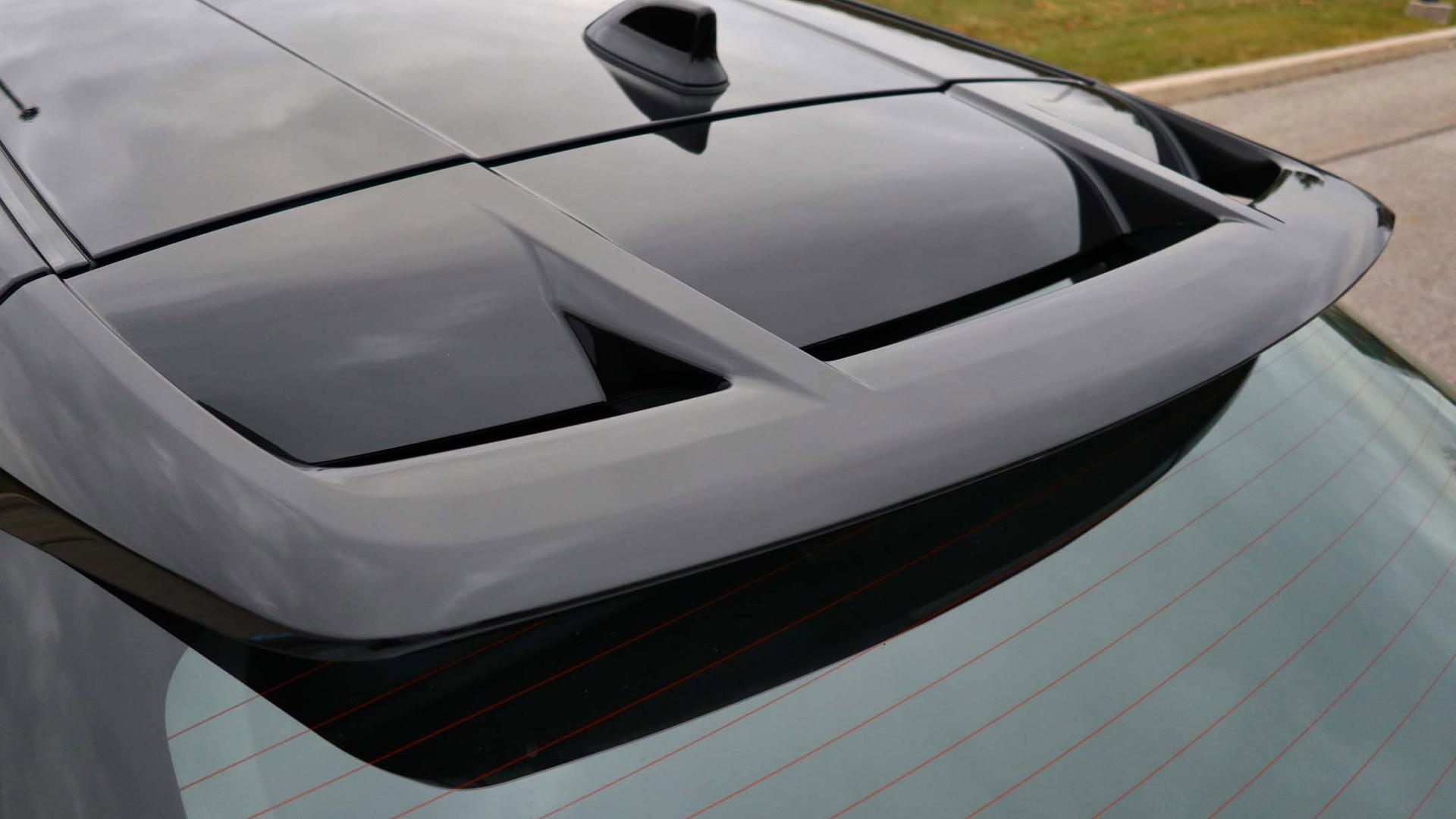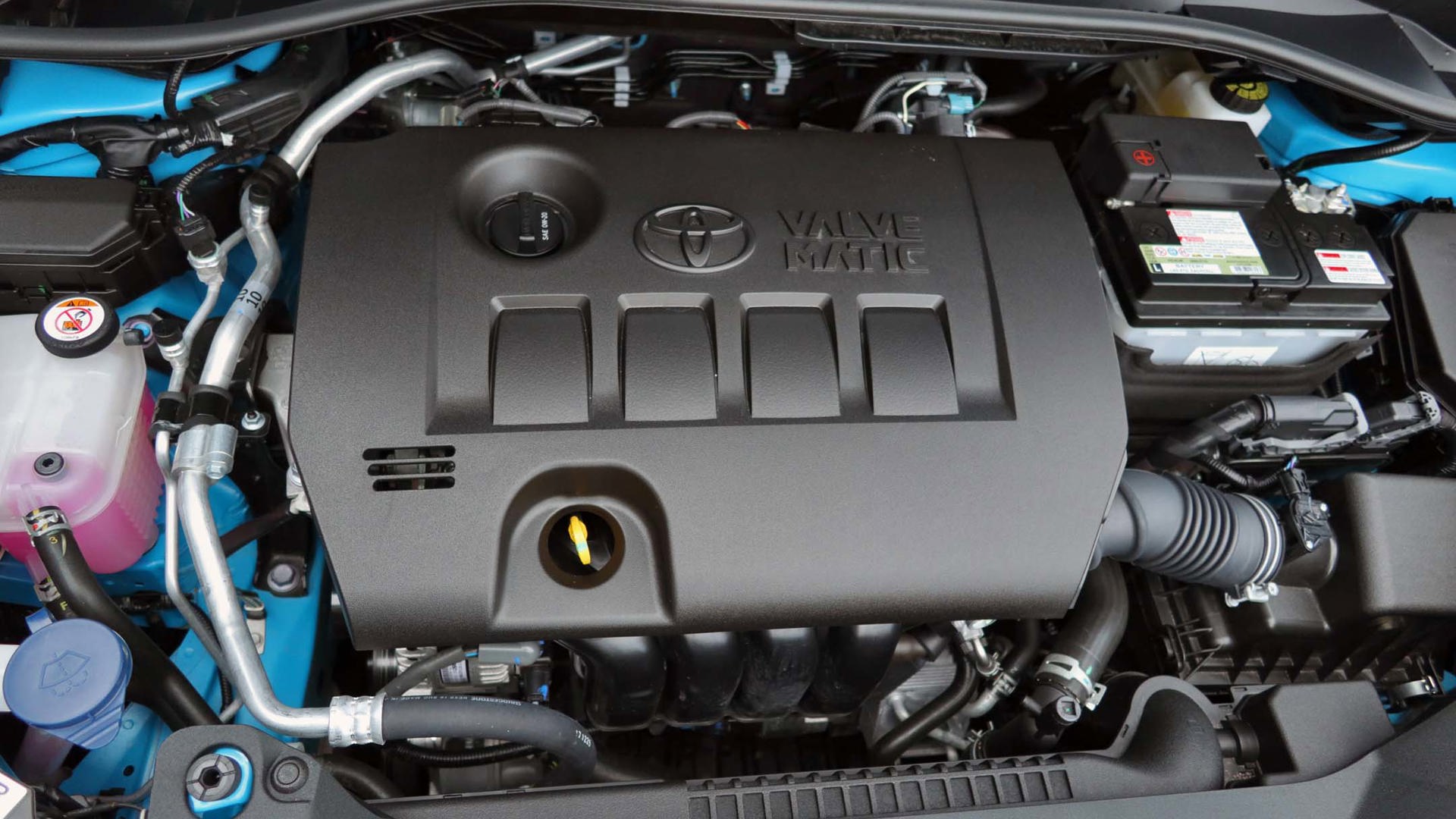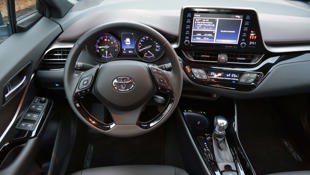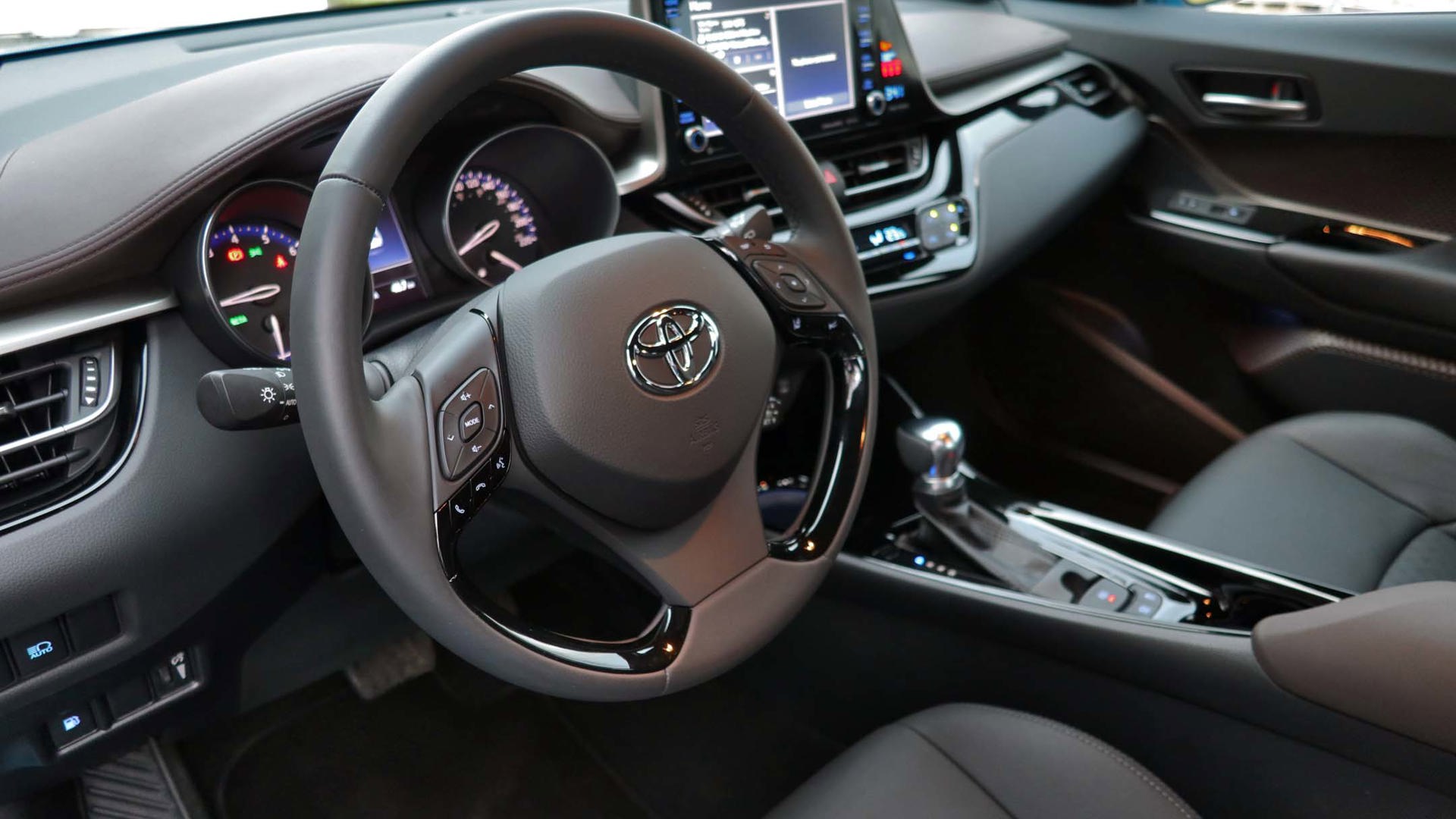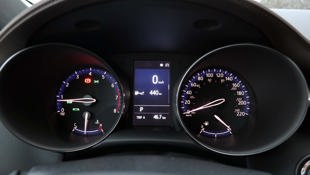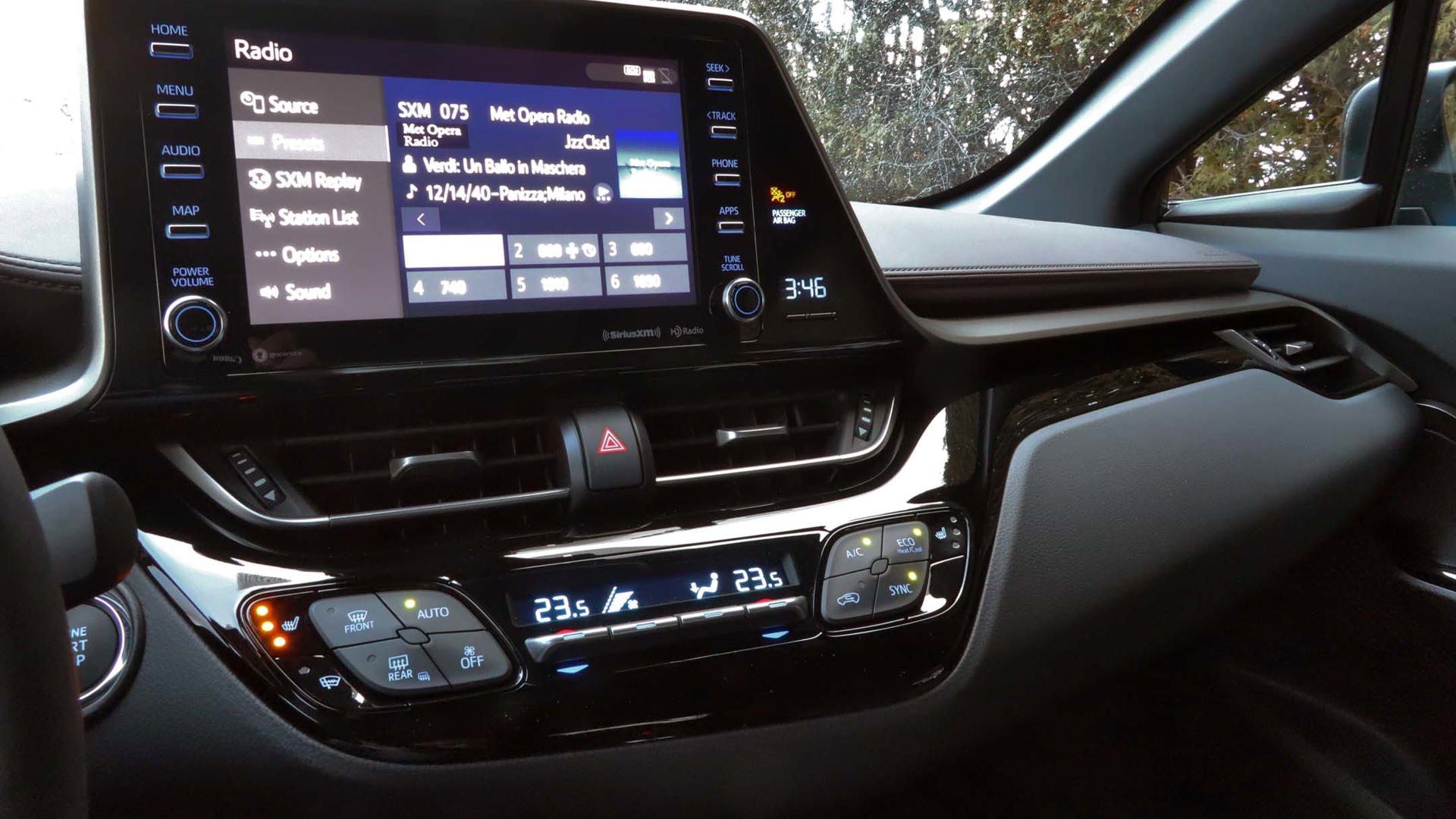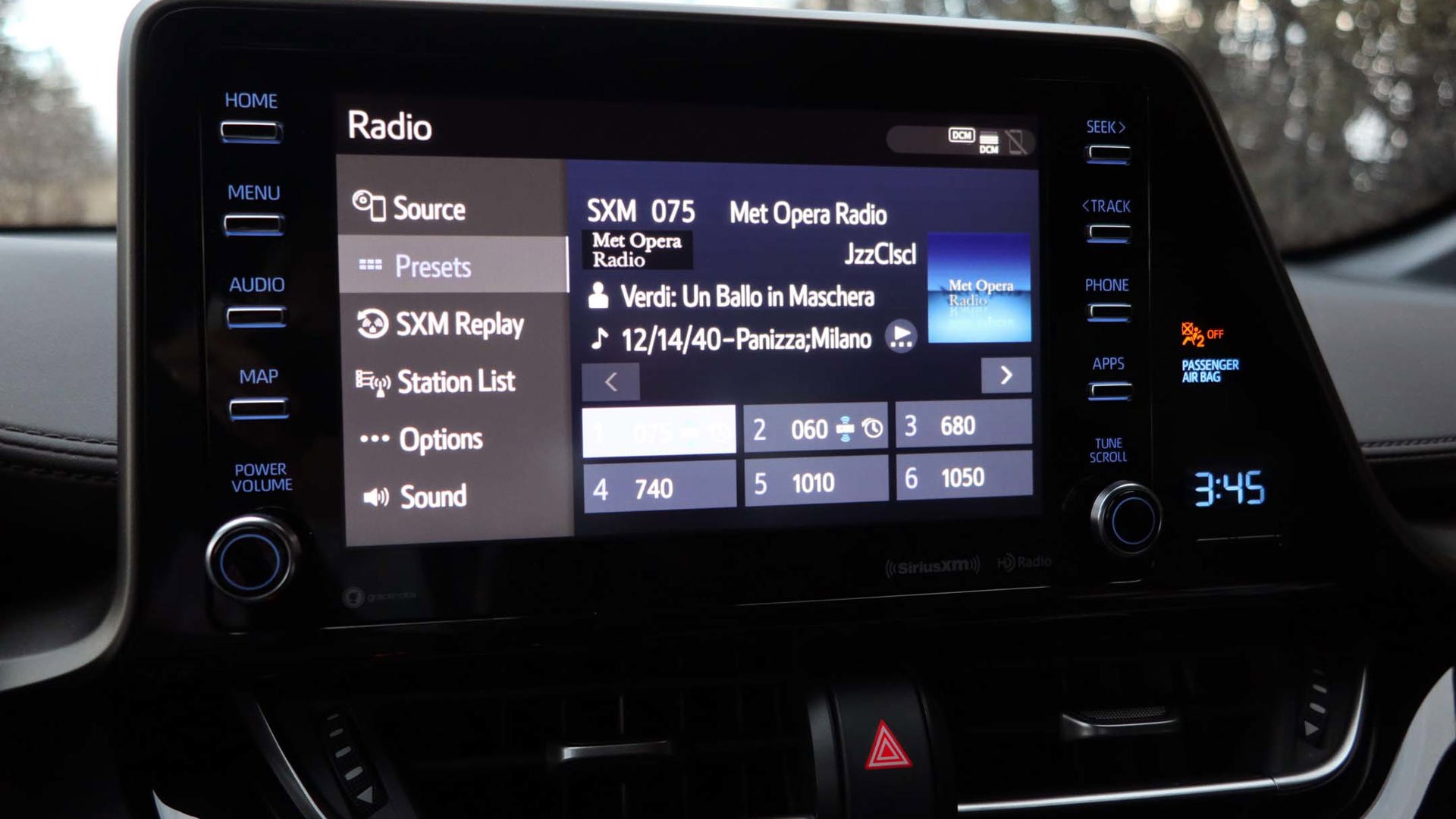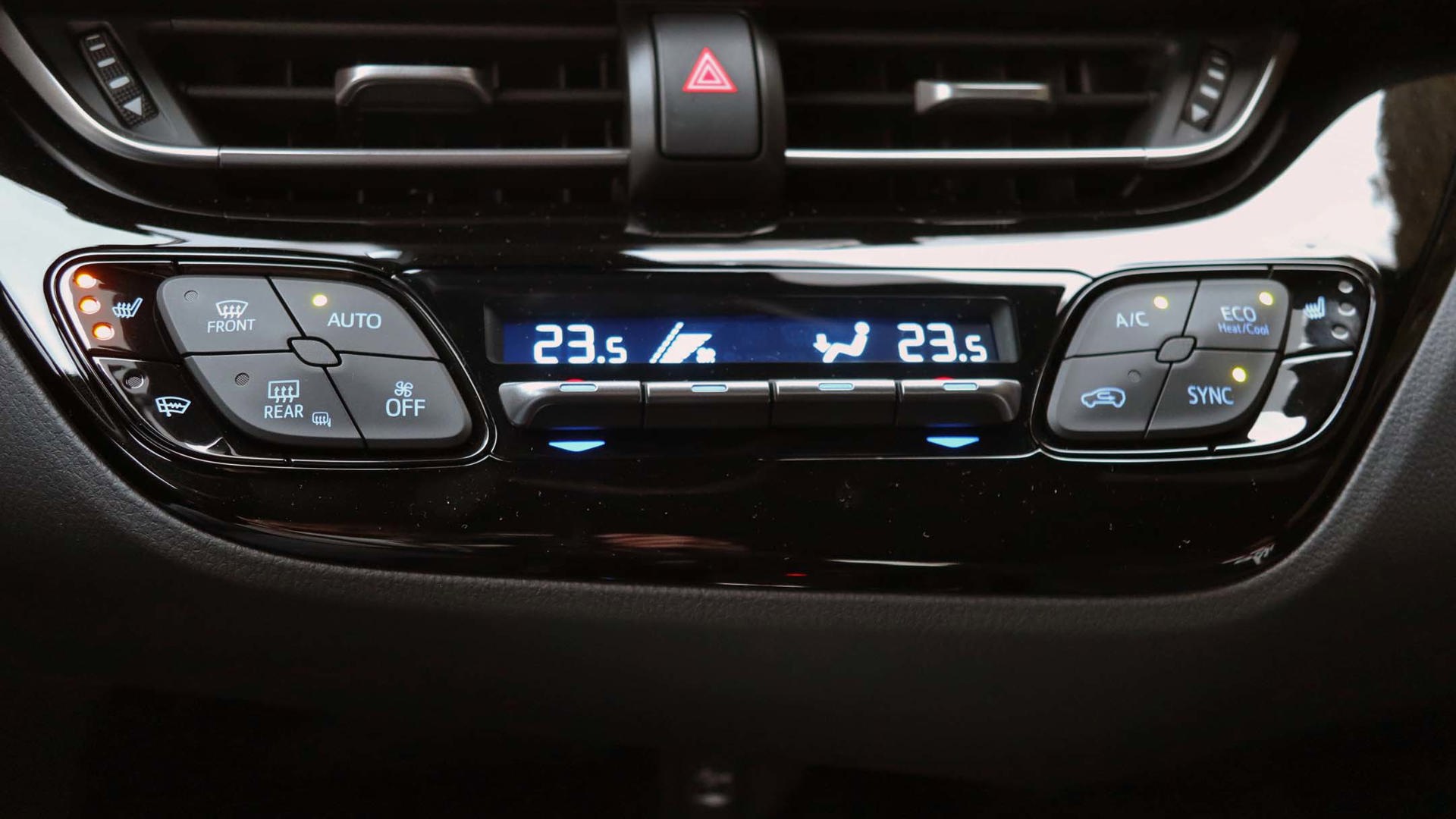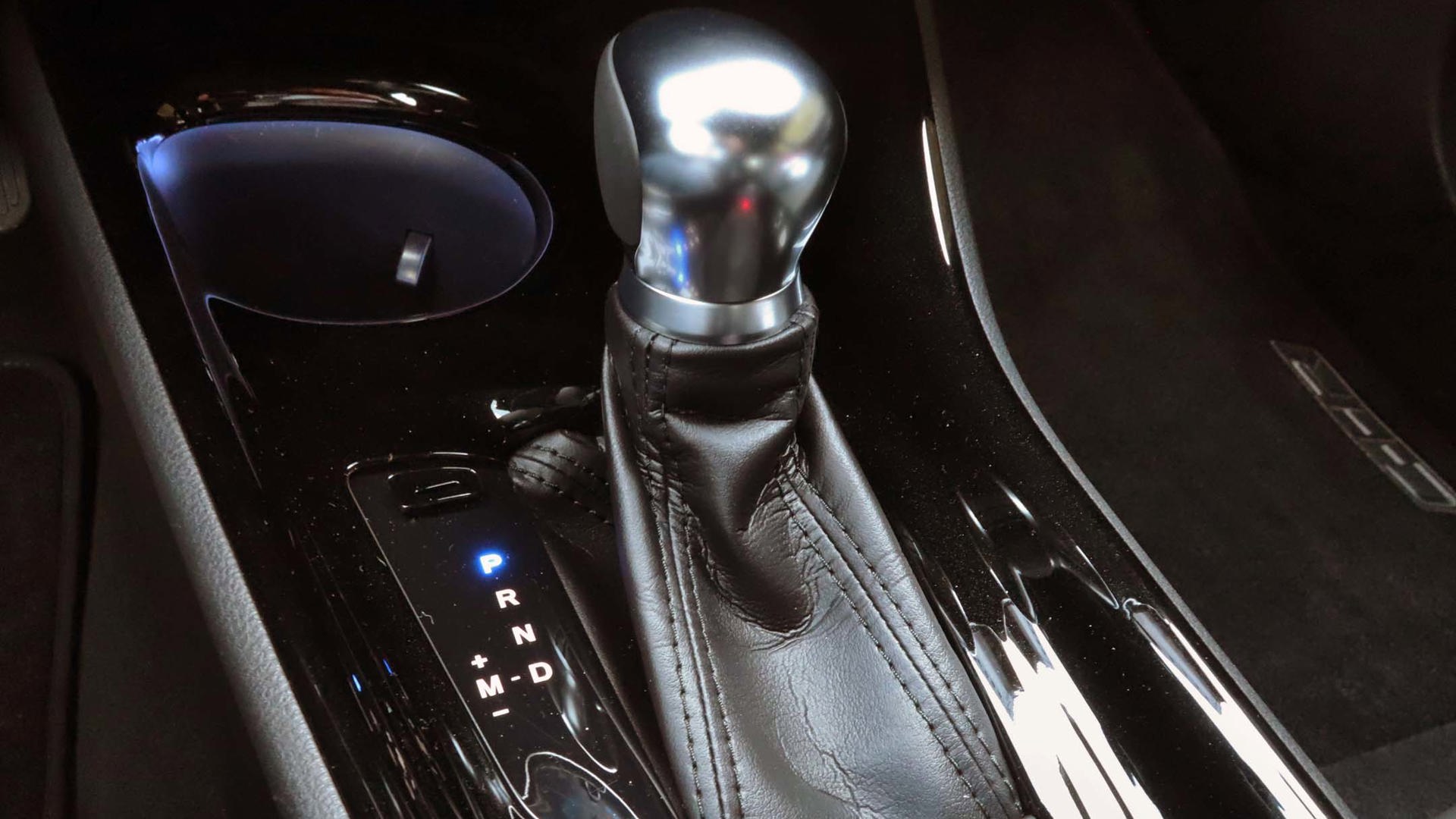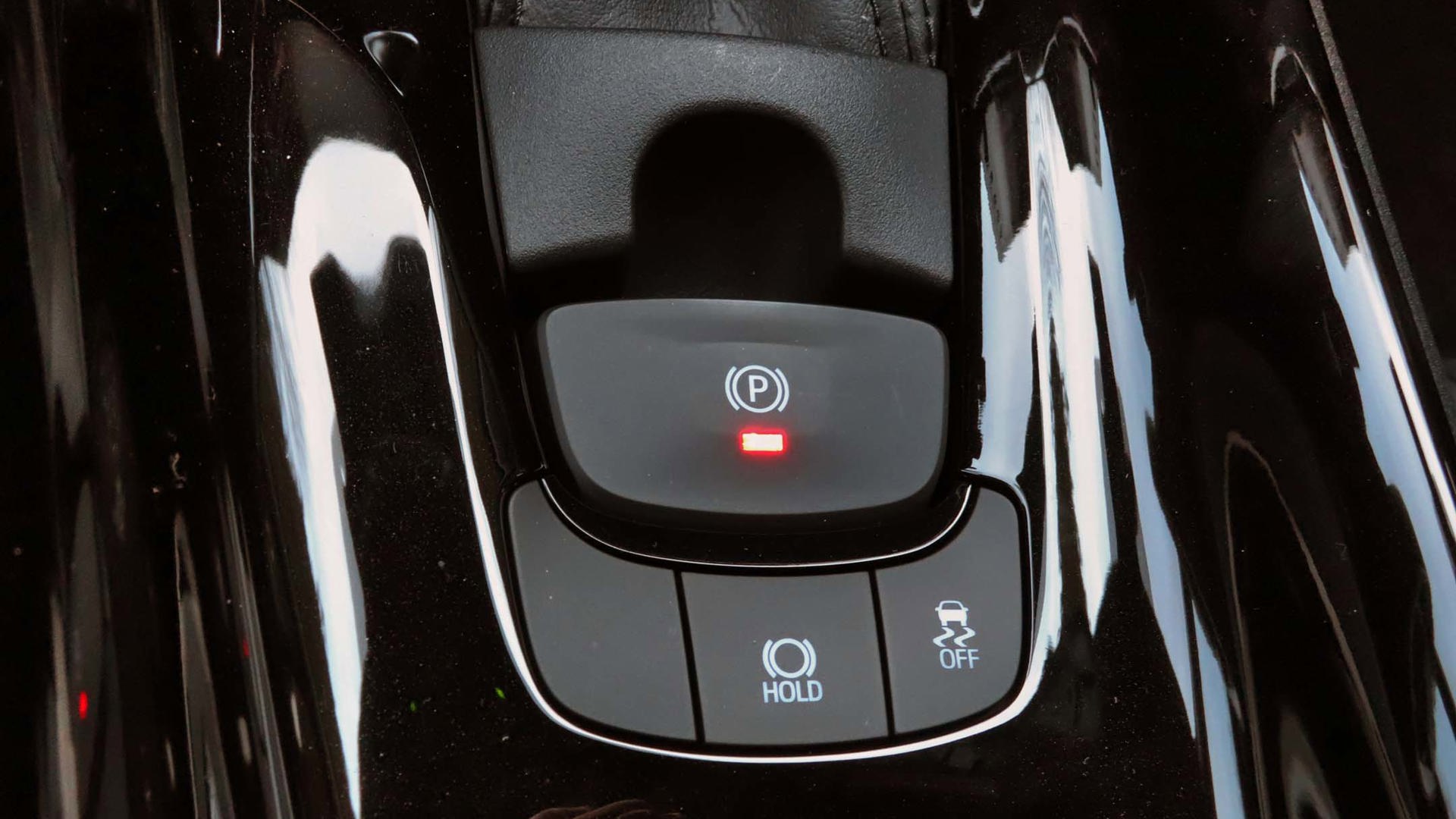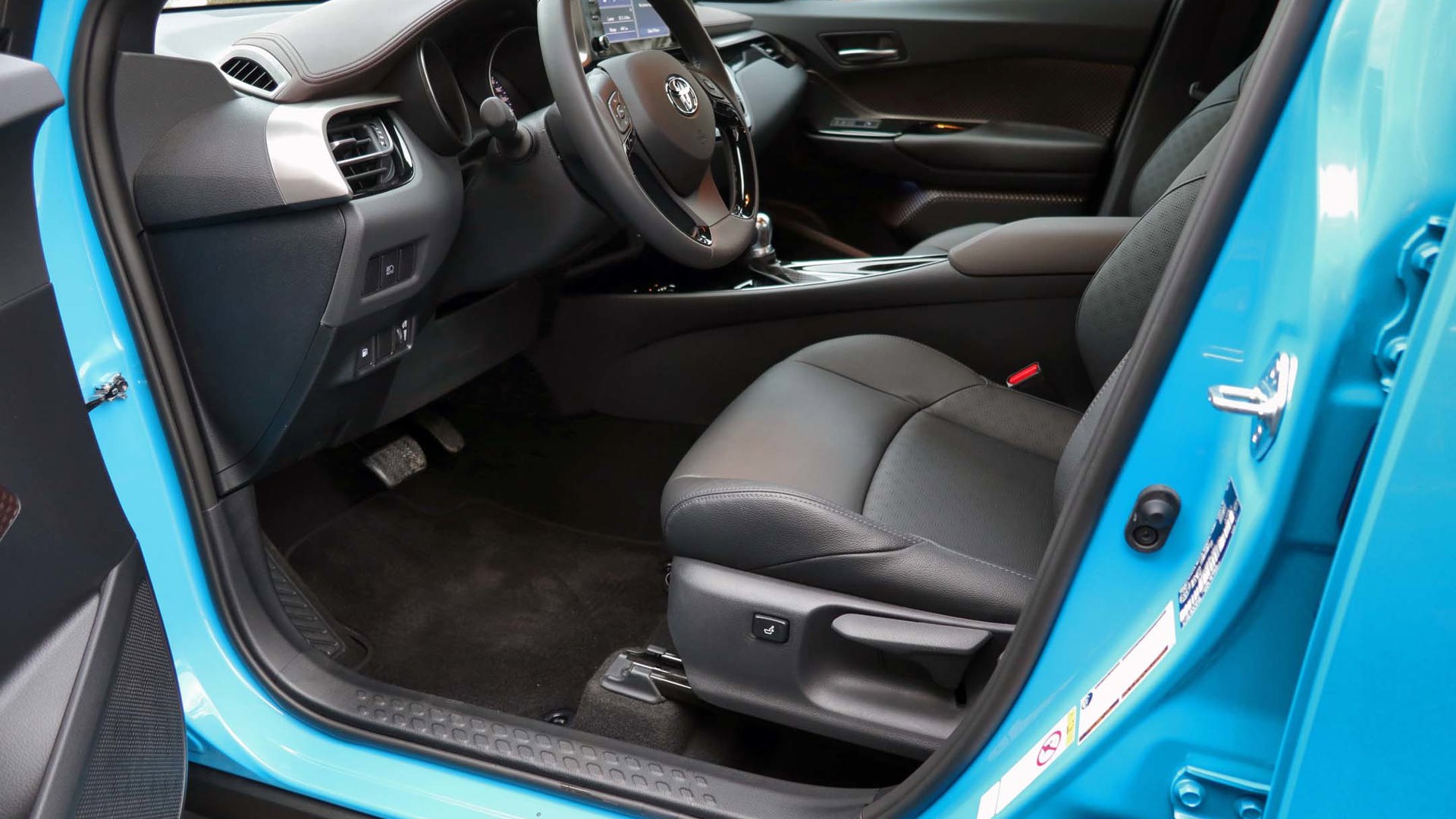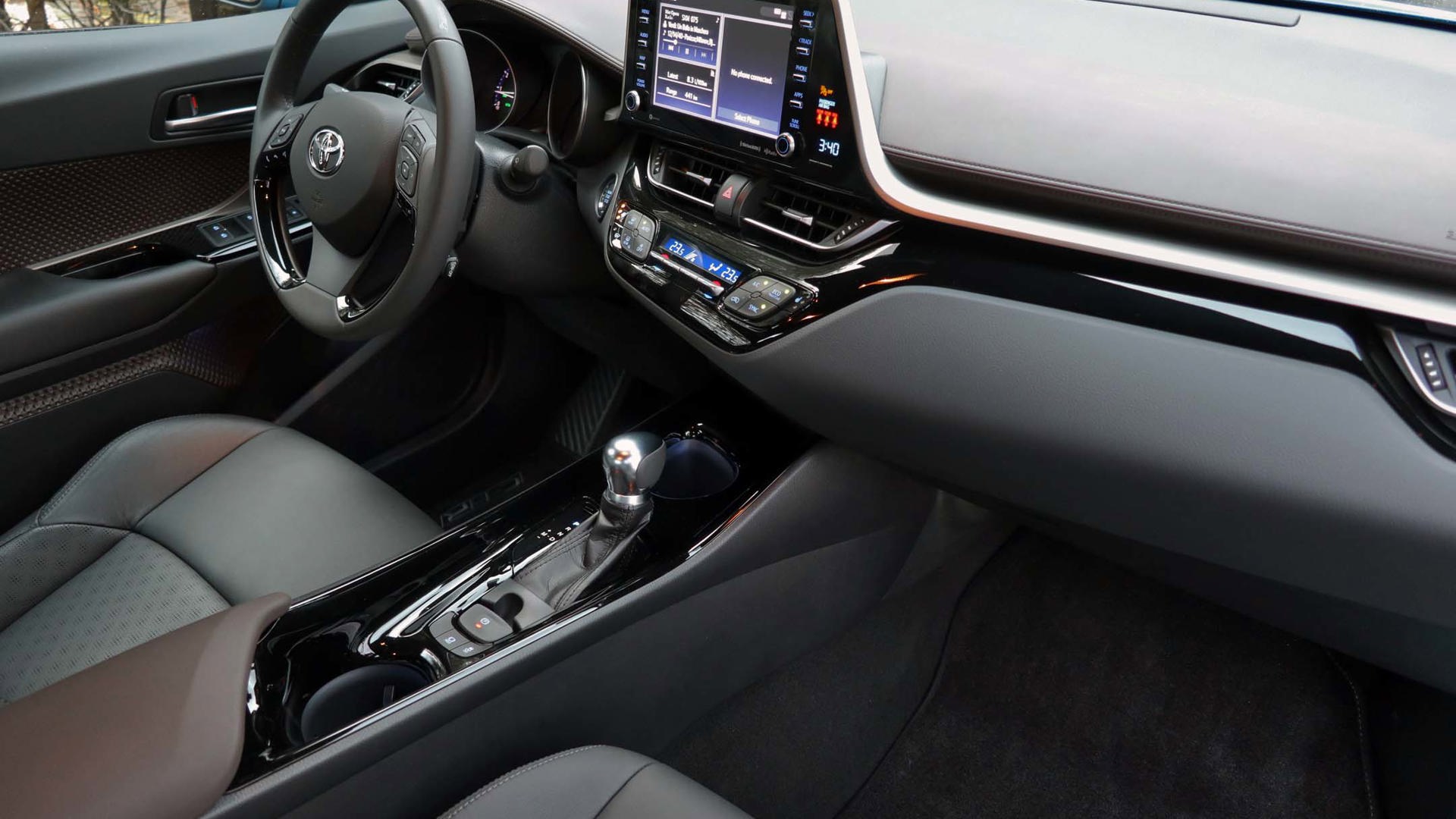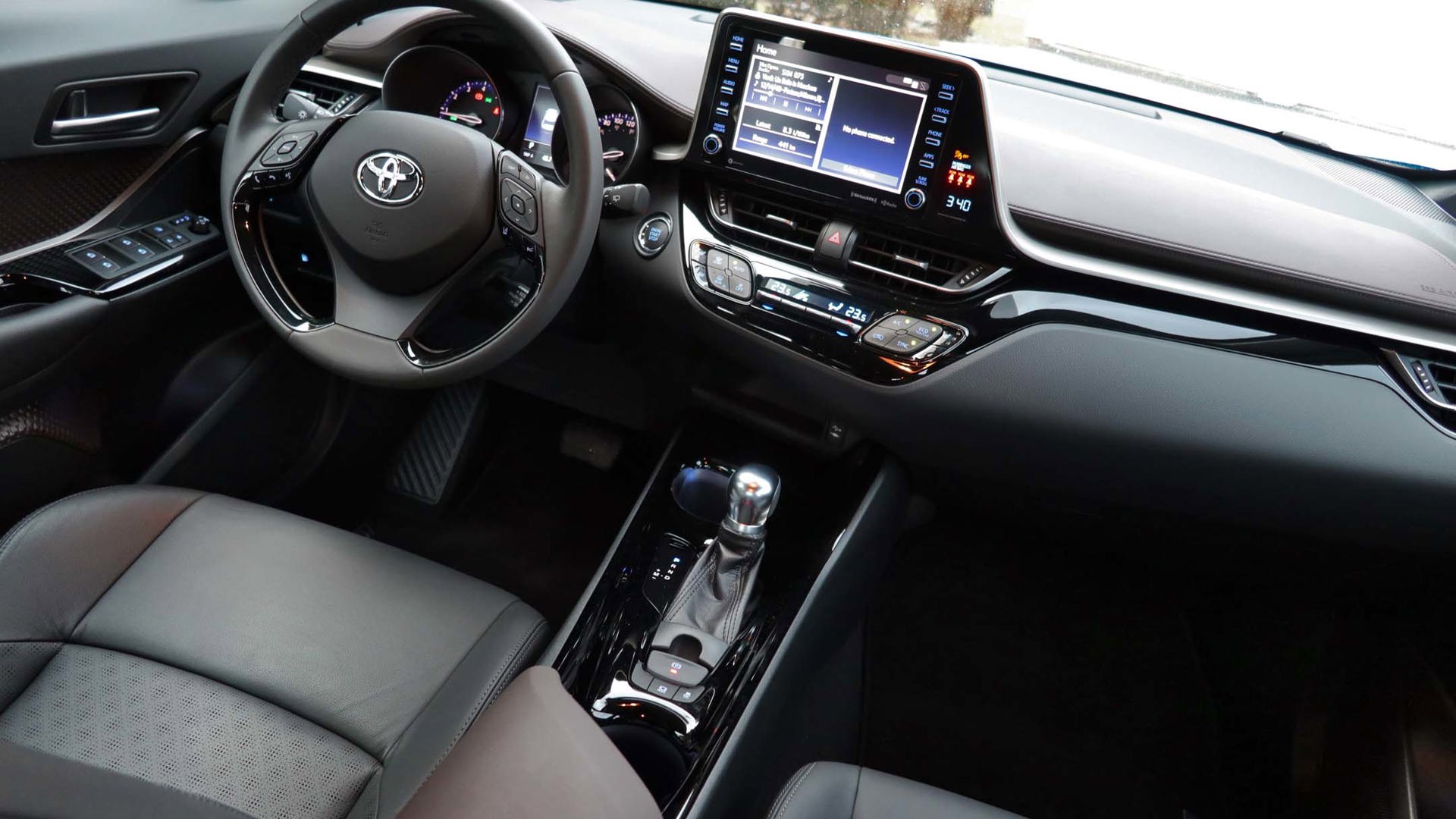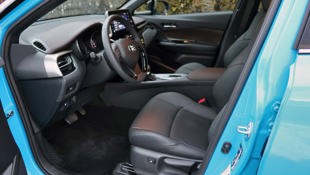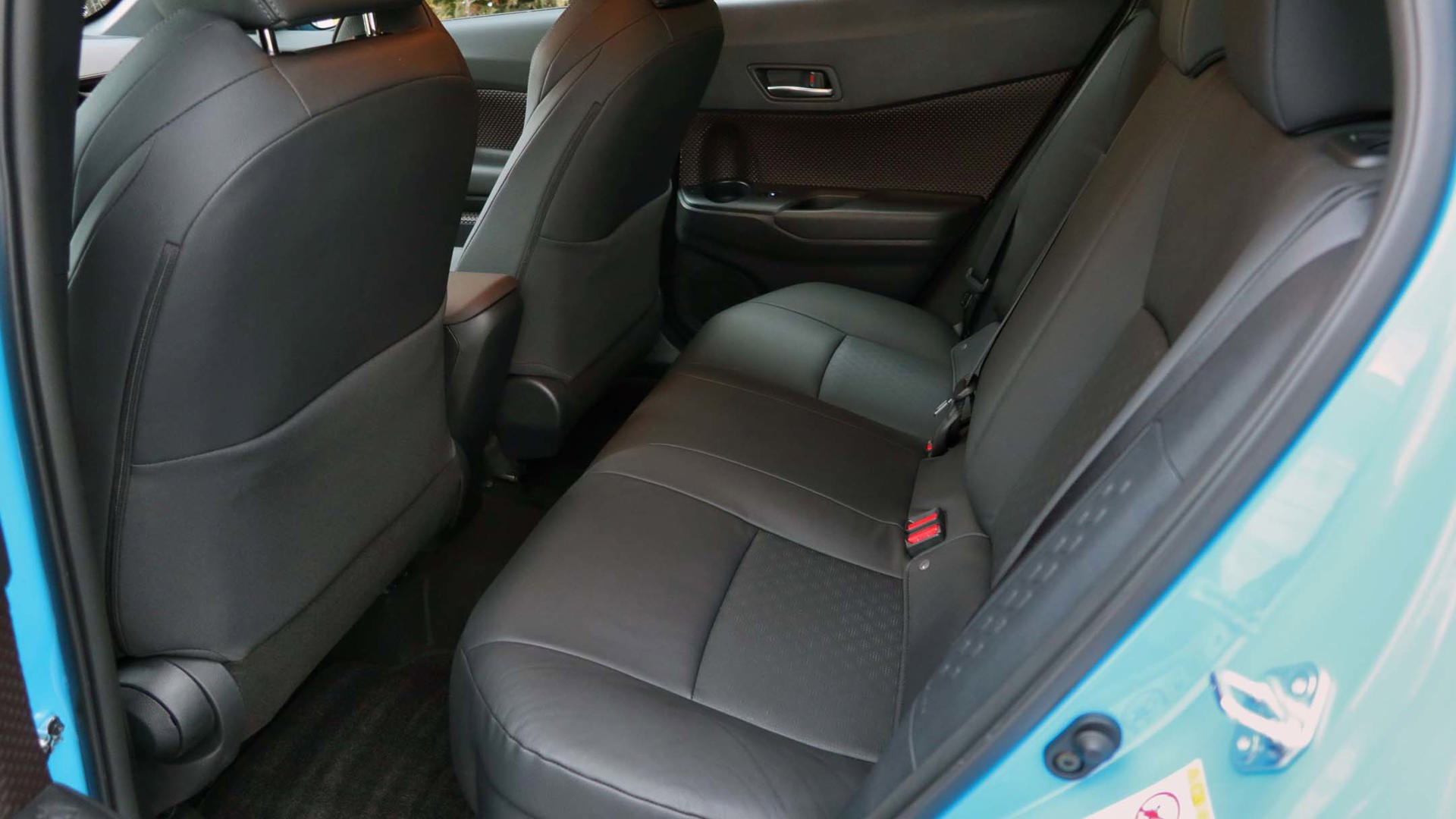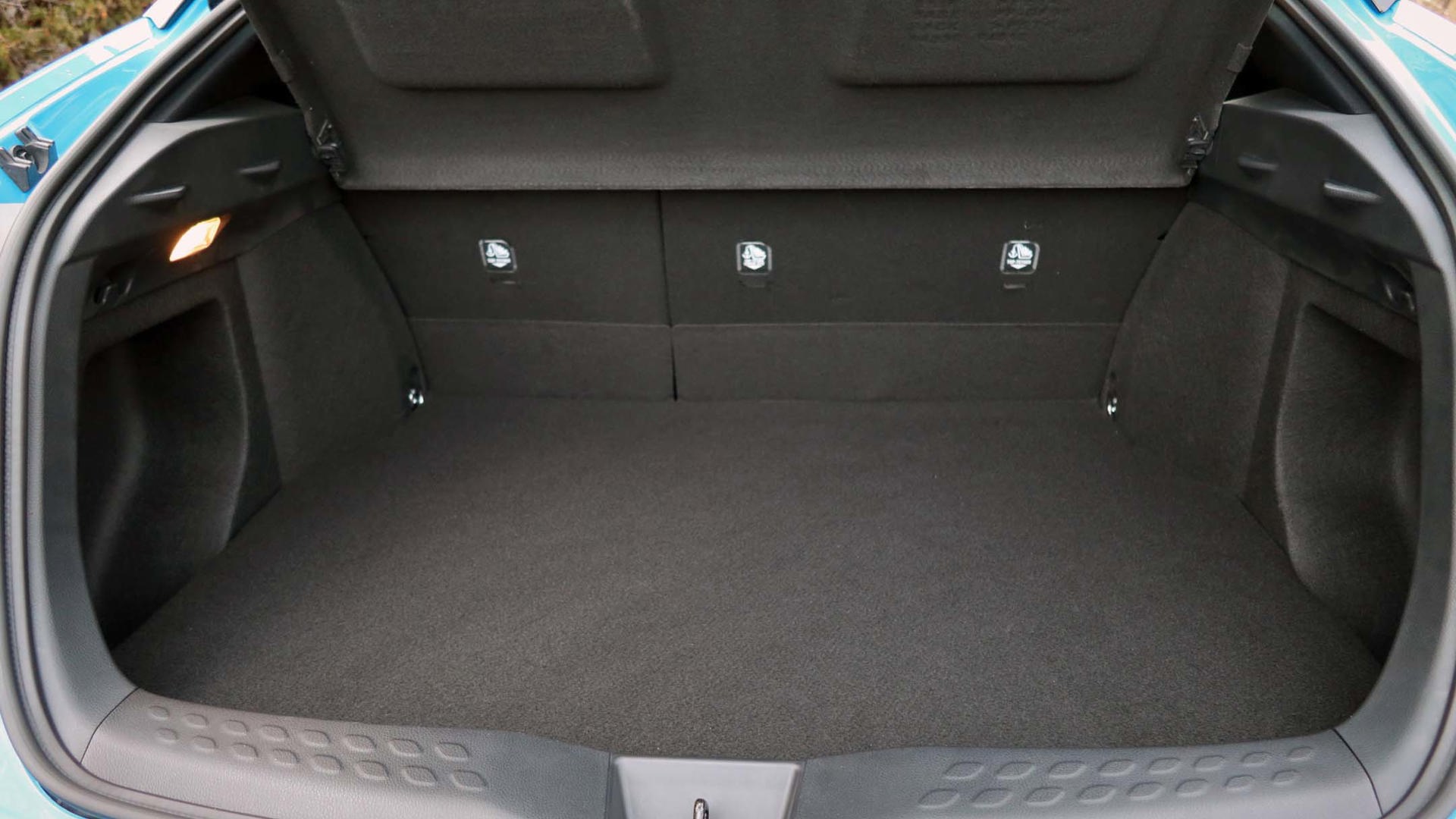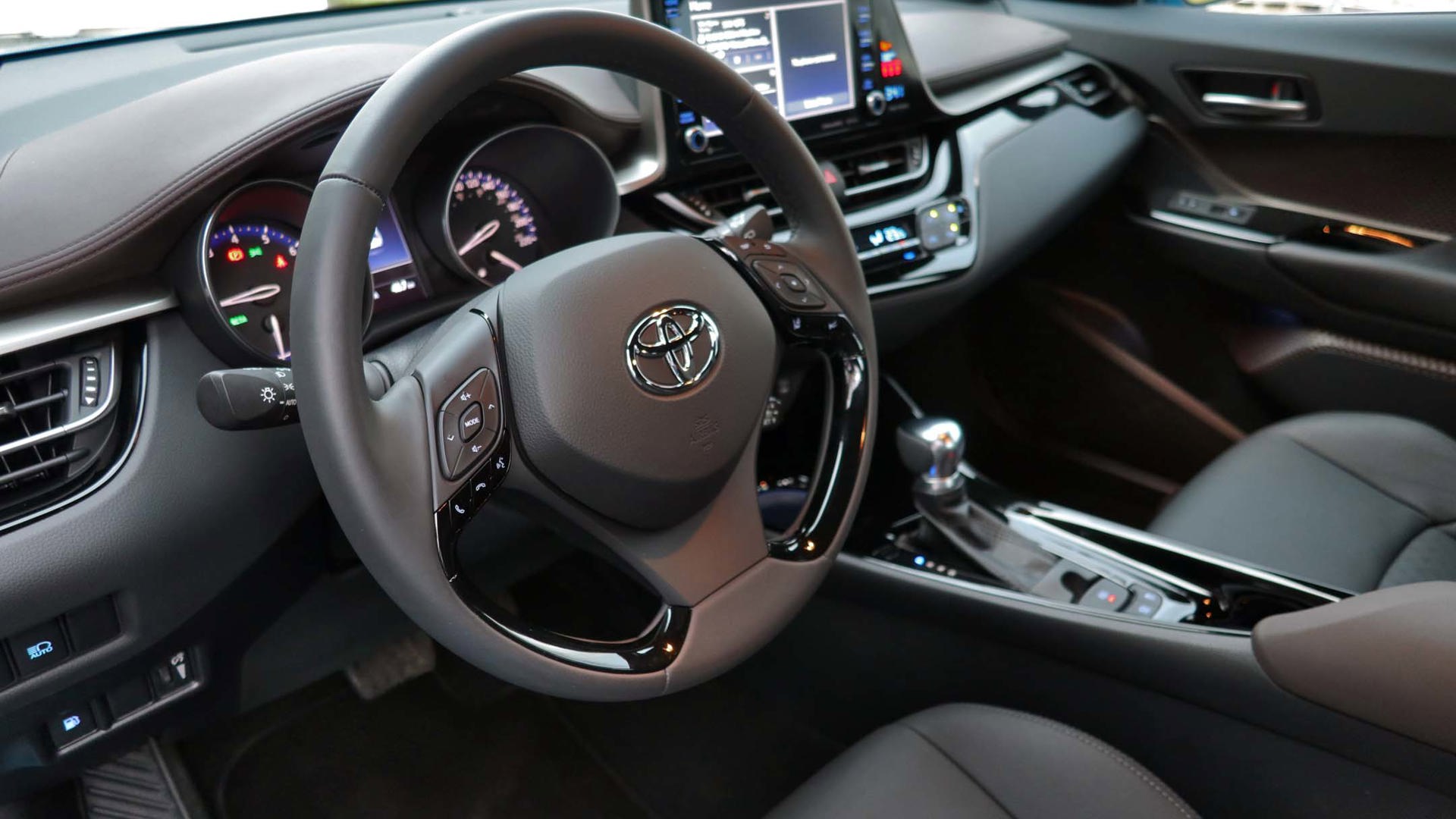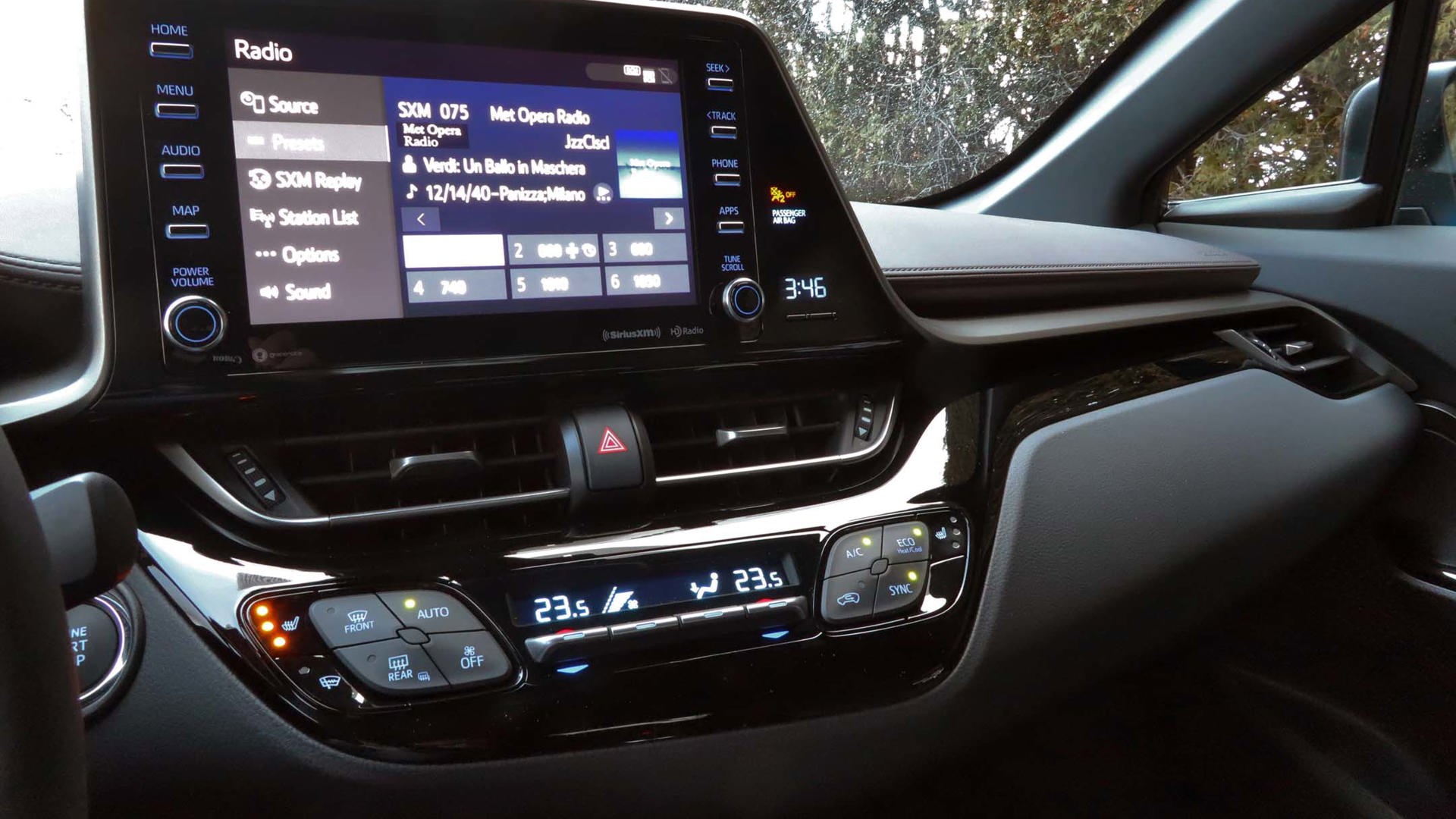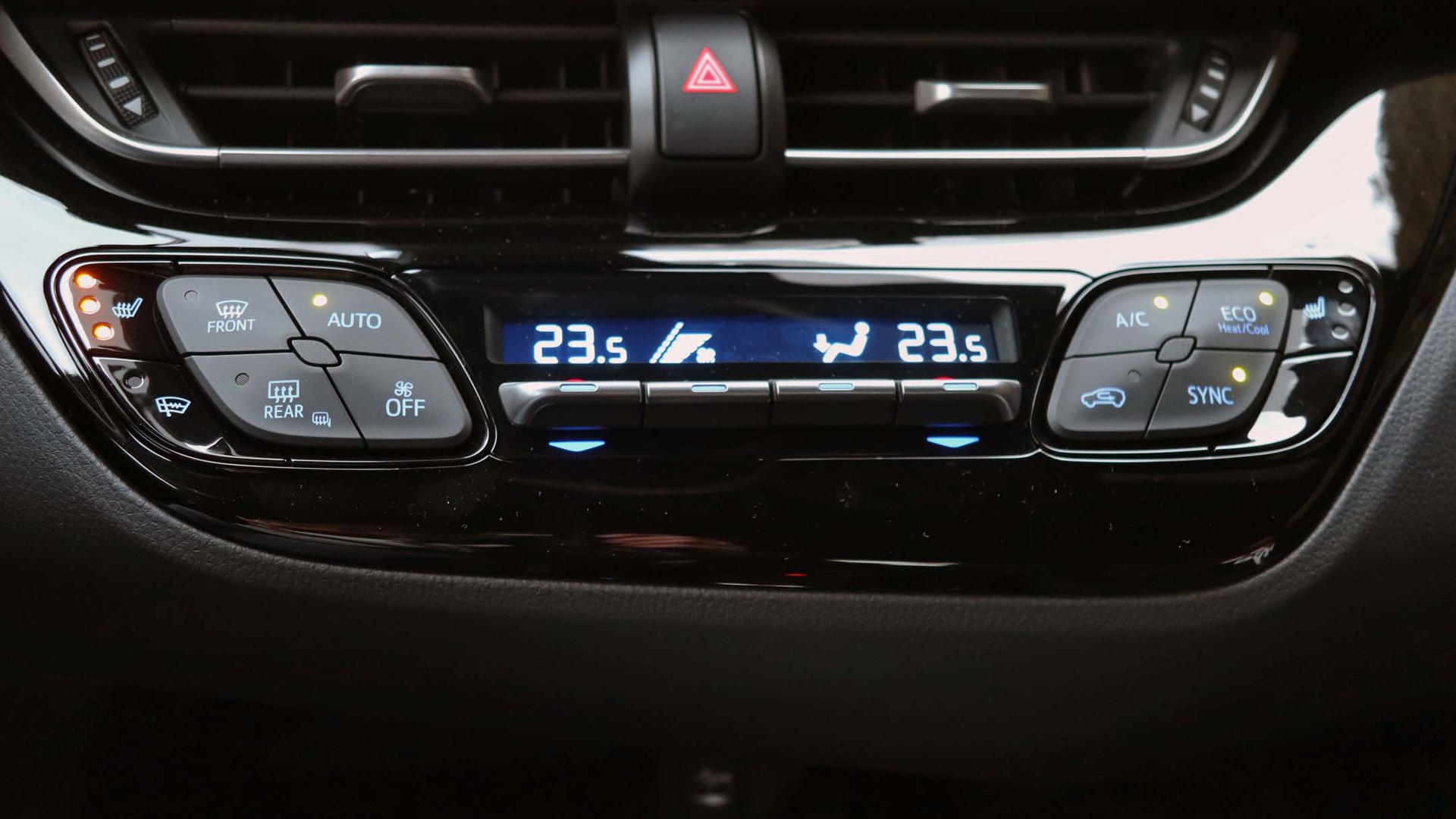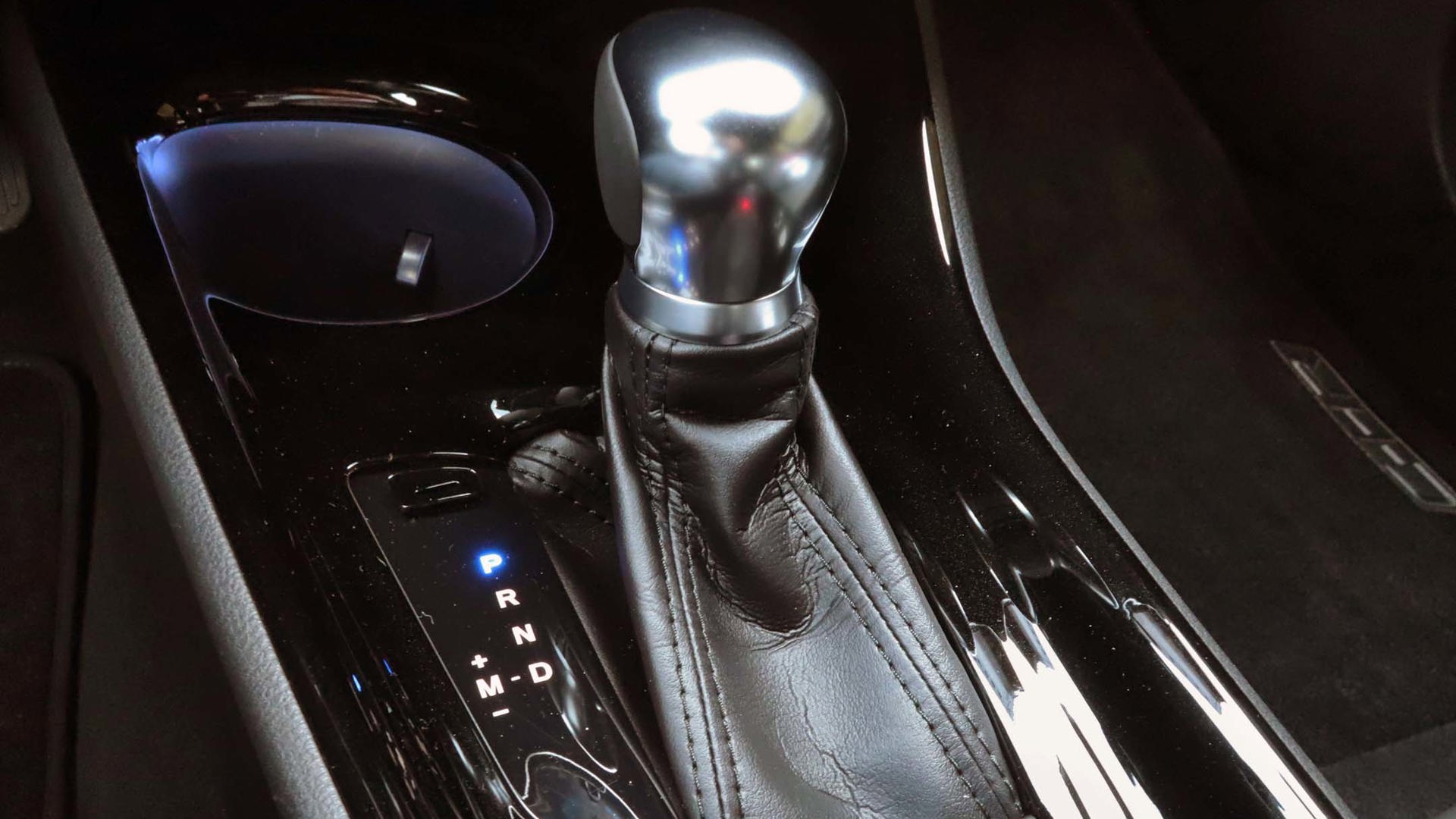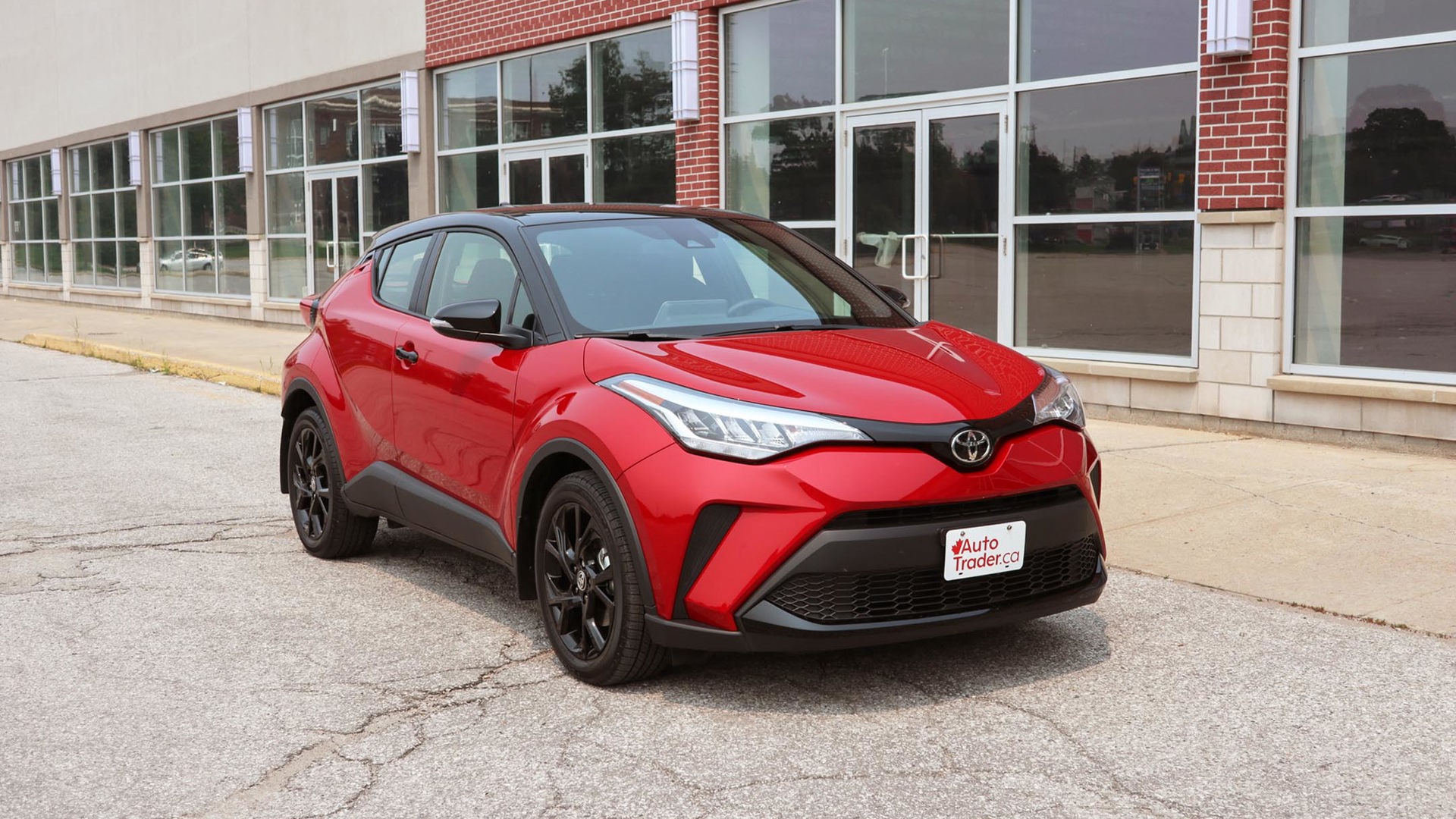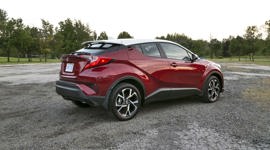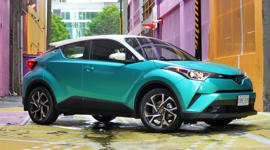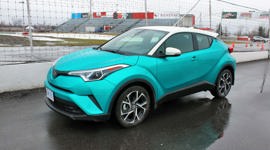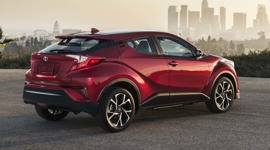Vehicle Type
Subcompact crossover
History/Description
When it hit dealer lots in 2017, the Toyota C-HR brought with it striking looks and impressive safety technology. It also had strong resale value and brand reputation going for it – key attributes Toyota shoppers tend to gravitate towards.
The C-HR is front-wheel-drive only, so if you’re after an all-wheel-drive-equipped little crossover, you’ll need to look elsewhere.
If front-wheel drive will do, the C-HR can be expected to deliver top-notch manoeuvrability, fuel economy, and adequate sizing. Feature content included heated seats, automatic lights, a full complement of outward-looking hazard detection tech, push-button start, adaptive cruise control, and more. Competitors included the likes of the Subaru Crosstrek, Hyundai Kona, Nissan Kicks, and Mazda CX-3.
Engines
Look for a 2.0L, 144-hp four-cylinder, paired with a continuously variable transmission (CVT) that performs smoothly during gentle driving, and simulates shifting like a sporty stepped automatic transmission when used by heavier-footed drivers.
Fuel efficiency for the C-HR comes in with city/highway/combined ratings of 8.7 / 7.5 / 8.2 L/100 km.
What Owners Like
The Toyota C-HR seems to have impressed owners with its nicely balanced ride and handling equation, with some owners noting the machine handles and rides well. Quick steering and sporty looks draw praise from driving enthusiasts, and fuel economy seems well-rated, too.
What Owners Dislike
Some owners wish for more rear seat space and headroom, while others wish for better outward sightlines. The C-HR’s racy looks and unique shape and stance make sure you’ll get noticed, but some competitors have more cargo volume, more headroom, and are easier to see out of.
Connectivity Check
Apple users should note that the C-HR didn’t begin offering CarPlay functionality until model-year 2019. Android users will find the functionally similar Android Auto system only from model-year 2020. The C-HR’s standard infotainment system provides functionality for Bluetooth calling, audio streaming, and more.
Still in Warranty?
You’ll have no trouble buying a used C-HR that’s still covered by some remaining portion of the factory warranty – but remember that proper servicing, maintenance, and care are required to maintain that warranty in good standing. Check all service records and confirm that the past owner(s) never skipped or stretched any of the servicing intervals outlined in the owner’s manual. A warranty is a two-way agreement, and doesn’t cover damage caused by a failure to properly maintain the vehicle.
Listen Closely
Some C-HR owners have reported transmission-related issues, including some which resulted in the need to replace the transmission or associated components under warranty. Most have not.
While test-driving the CH-R you’re considering, be sure to accelerate and cruise at a variety of different speeds and throttle loads after quieting the vehicle cabin. Listen closely for a high-pitched whining or humming sound coming from the front of the vehicle. Some owners say this sound can be a sign of transmission trouble.
If you hear any unwelcome noises, or if the transmission seems to behave improperly, be sure to have the vehicle checked by a technician before you buy.
Transmission problems are rare but pricey so it pays to be on the lookout.
Air Conditioner Check
Some owners have reported problems with air conditioner performance, including A/C systems that take a long time to provide cool air, or systems that fail to provide cool air at all. Most have not.
Here’s some more reading. Be sure to check the air conditioner both during and immediately after your test drive, to be sure it’s working properly. If you note any issues, have the cabin air filter inspected – as a clogged filter can be a cause of A/C performance issues. If the filter isn’t plugged, have a technician assess the system before you agree to buy as some repair may be needed.
Steering Test
With the engine running and vehicle parked, quiet the cabin, centre the steering wheel, and wiggle it slightly from one side to the other about 2 or 3 inches in each direction. Do this quickly and repeatedly for a moment, listening closely for a rhythmic popping or snapping sound in the process.
If apparent, that sound could be the result of several problems that could cost you money – so be sure to have the vehicle’s steering and front-end inspected professionally before you buy. Here’s some more reading.
Check the Recalls
Currently there are four recall campaigns for the Toyota CH-R, which intend to address latent safety defects. Recall work is performed free of charge by the dealer, to specific vehicles affected by the recall work. Check with your local Toyota dealer service department to see which (if any) recalls are outstanding for the CH-R you’re considering.
If any recall work is outstanding, make arrangements to have it completed as soon as possible. Safety recalls make your vehicle safer, and can prevent headaches.
The Verdict
At this juncture, the Toyota CH-R seems to have provided a trouble-free driving experience to the majority of its owners. Though some complaints have been recorded around faulty transmissions, weak or non-functional air conditioners and front-end noise, these are relatively insignificant compared to overall sales volume. An attentive test drive and satisfactory Pre-Purchase Inspection (PPI) report ahead of your purchase can provide further peace of mind.
Safety Ratings
IIHS
NHTSA: 5/5 Stars
